Bathroom vanity mirrors with lights are more than just a stylish upgrade-they’re a daily essential that combines light, reflection, and often bright features in one sleek package. But with water and electricity sharing the same space, safety is paramount. If you’re considering a new bathroom vanity mirror with lights, understanding the electrical standards that ensure their safe use is crucial. This comprehensive guide will walk you through the key standards, certifications, and best practices every U.S. homeowner should know.
Why Safety Matters for Bathroom Vanity Mirrors With Lights
Bathrooms are high-moisture environments, making them one of the most challenging and potentially hazardous places for electrical installations. Water and electricity are dangerous, so every component of your bathroom vanity mirror with lights must be designed and installed with safety in mind.
Key Electrical Standards and Codes
1. National Electrical Code (NEC) Compliance
The NEC is the foundational code for electrical safety in the United States. It sets forth all bathroom electrical work requirements, including lighting and mirrors.
GFCI Protection: All bathroom receptacles must have ground-fault circuit interrupter (GFCI) protection to prevent electric shocks in wet areas, including those near vanity mirrors.
Dedicated Circuits: At least one 20-amp branch circuit is required for bathroom receptacles within three feet of each sink basin. Lighting circuits may be separate but must comply with NEC load requirements.
Fixture Placement: The NEC restricts the placement of cord-connected, pendant, or track lighting within three feet horizontally and eight feet vertically of a bathtub or shower to reduce the risk of contact with water.
2. Ingress Protection (IP) Ratings
IP ratings indicate how well a fixture is protected against solids and liquids. This is a critical safety factor for bathroom vanity mirrors with lights.
Minimum IP44 Rating: Most bathroom vanity mirrors with lights should have at least an IP44 rating, protecting against solid objects larger than 1mm and water splashes from any direction.
Higher Ratings for Wet Zones: If your mirror is installed close to the shower or bathtub (Zones 0 or 1), a higher IP rating (IP65 or above) may be required to protect against water jets and immersion.
Zone Considerations: Bathrooms are divided into zones based on proximity to water sources. Always match the mirror’s IP rating to its installation zone for maximum safety.
3. UL, ETL, and FCC Certifications
Certifications from recognized testing laboratories ensure that bathroom vanity mirrors with lights meet rigorous safety and performance standards.
UL (Underwriters Laboratories): UL certification means the product’s wiring, components, and construction have been tested for safety in damp or wet environments.
ETL (Electrical Testing Laboratories): ETL certification is functionally equivalent to UL and indicates compliance with North American safety standards.
FCC (Federal Communications Commission): If your mirror includes innovative features (Bluetooth, Wi-Fi), FCC certification ensures it won’t cause harmful electromagnetic interference.
4. Proper Wiring and Installation
Hardwired vs. Plug-In: Many bathroom vanity mirrors with lights are designed to be hardwired for a clean look and enhanced safety. Plug-in models are available but must be used with properly grounded outlets and kept away from water sources.
Color Coding: U.S. wiring typically uses black (live), white (neutral), and green or bare (ground). Always follow manufacturer instructions and NEC requirements when connecting wires.
Professional Installation: Unless you have electrical experience, hire a licensed electrician. Incorrect installation can lead to short circuits, shocks, or fire hazards.

Best Practices for Safe Installation
Selecting the Right Mirror
Check Certifications: Look for UL, ETL, and FCC marks on the product or packaging. Brands like Wellfor prioritize these certifications for peace of mind.
Match IP Rating to Bathroom Zone: IP44 is generally sufficient for most vanity areas, but consider IP65 or higher if the mirror is close to a shower or tub.
Energy Efficiency: Opt for LED mirrors-they use less energy, generate less heat, and often come with adjustable brightness and color temperature.
Safe Installation Tips
Turn Off Power: Always shut off power at the breaker before starting any electrical work.
Use the Right Tools: Gather insulated tools, wire nuts, electrical tape, and a voltage tester to ensure safe and secure connections.
Secure Mounting: Vanity mirrors with lights are heavier than standard mirrors. Use appropriate wall anchors or brackets, and mount to a stud if possible.
Avoid Water Exposure: Keep all electrical connections away from direct water sources, and ensure all seals and gaskets are intact.
Test Before Use: Once installed, test the lights, anti-fog features, and any smart controls before finalizing the installation.
Maintenance and Ongoing Safety
Regular Inspections: Periodically check for loose wires, damaged seals, or malfunctioning lights.
Clean Carefully: Use a soft, dry cloth and avoid abrasive cleaners or moisture near electrical components.
Replace Faulty Parts Promptly: If a bulb or LED strip fails, replace it immediately to prevent electrical hazards.
Consult Professionals: For any repairs involving wiring or electrical components, contact a licensed electrician.
Wellfor: A Commitment to Quality and Safety
As a leading brand, Wellfor ensures that every bathroom vanity mirror with lights meets or exceeds all relevant safety standards:
UL/ETL Certified Components: Every Wellfor mirror is rigorously tested for electrical safety and durability.
IP44 or Higher Ratings: Designed to withstand the humidity and splashes typical in U.S. bathrooms.
Energy-Efficient LEDs: Reduce energy consumption and heat output, supporting both safety and sustainability.
User-Friendly Features: Anti-fog technology, touch controls, and smart functions are engineered for safe, reliable operation.
Frequently Asked Questions
Do all bathroom vanity mirrors with lights need to be hardwired?
Not all, but hardwired models offer a cleaner look and may be safer in wet environments. Plug-in options are available but must be used with caution and proper outlets.
What is the minimum IP rating for a bathroom vanity mirror with lights?
IP44 is the standard minimum, offering protection against water splashes. For areas closer to showers or tubs, IP65 or higher is recommended.
Why are UL and ETL certifications important?
These certifications confirm that the product has passed strict safety tests and is suitable for use in damp or wet locations.
Can I install a bathroom vanity mirror with lights myself?
DIY installation is possible for plug-in models, but hardwired installations should be handled by a licensed electrician to ensure compliance with NEC and local codes.
Key Takeaways
Safety First: Always prioritize certified products and professional installation in wet bathroom environments.
Know Your Codes: NEC, IP ratings, and UL/ETL certifications are the backbone of electrical safety for bathroom vanity mirrors with lights.
Choose Trusted Brands: Wellfor and similar reputable brands ensure their products meet or exceed all relevant safety standards.
Maintain Regularly: Safe use doesn’t end at installation-ongoing inspection and maintenance are essential.
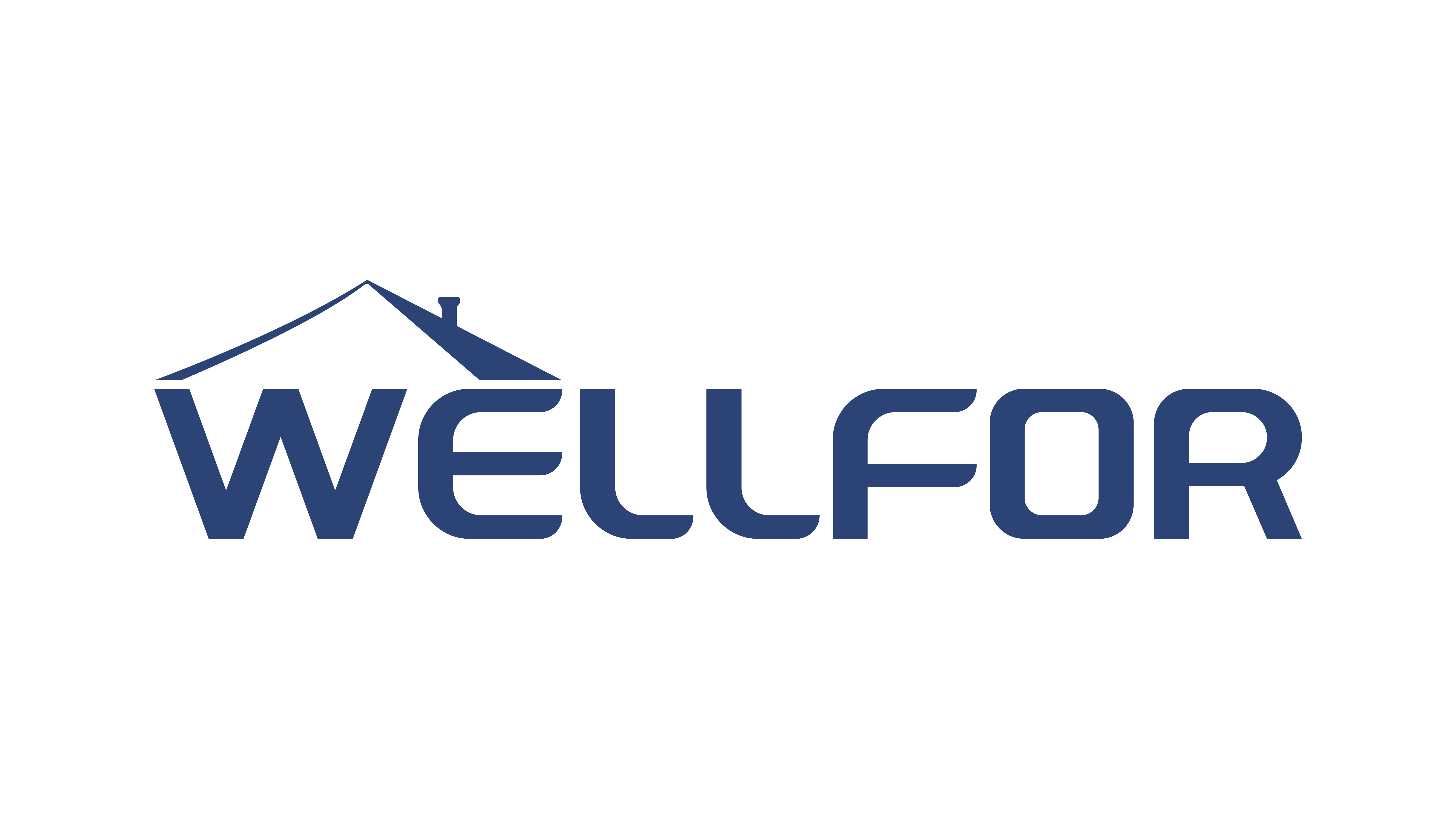
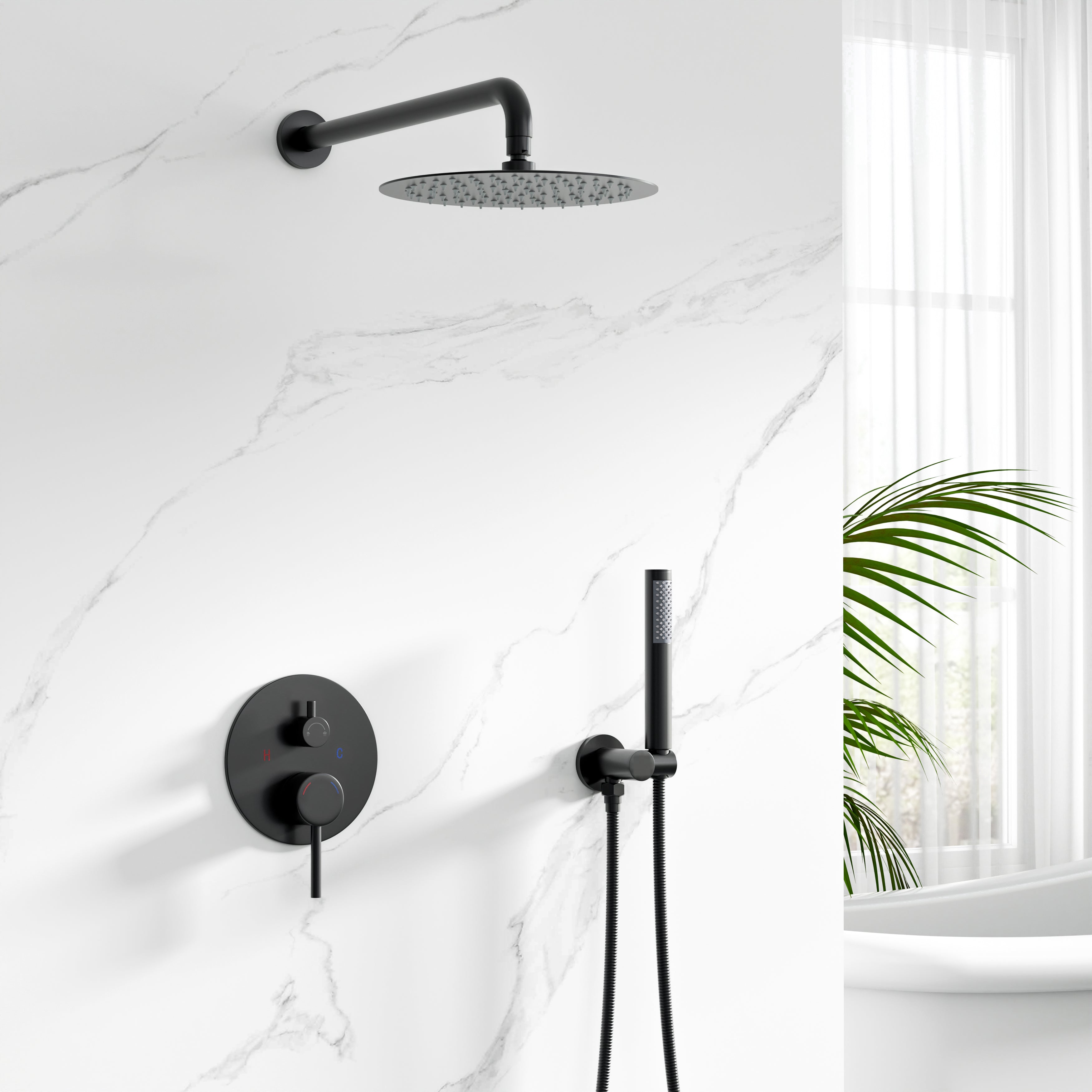
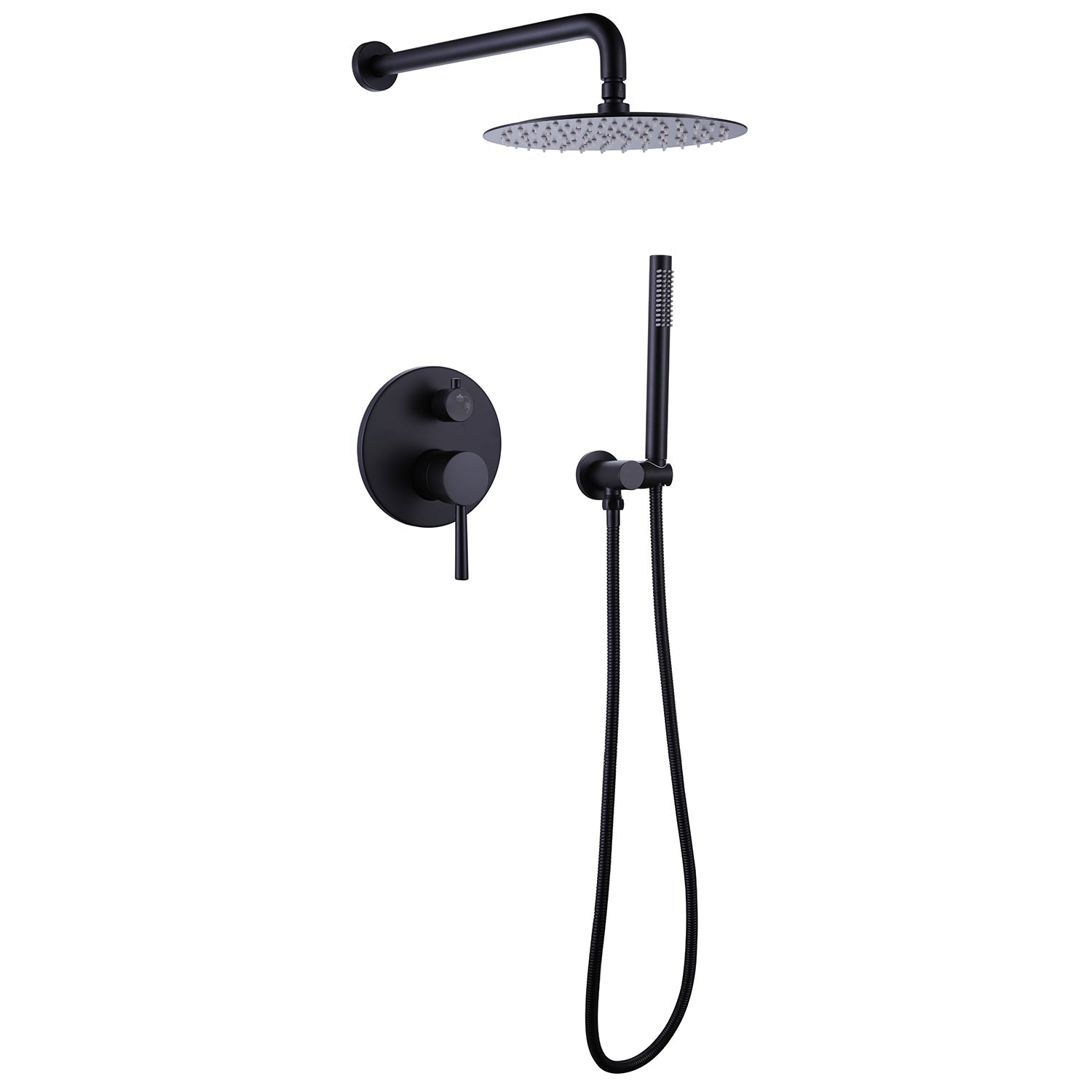


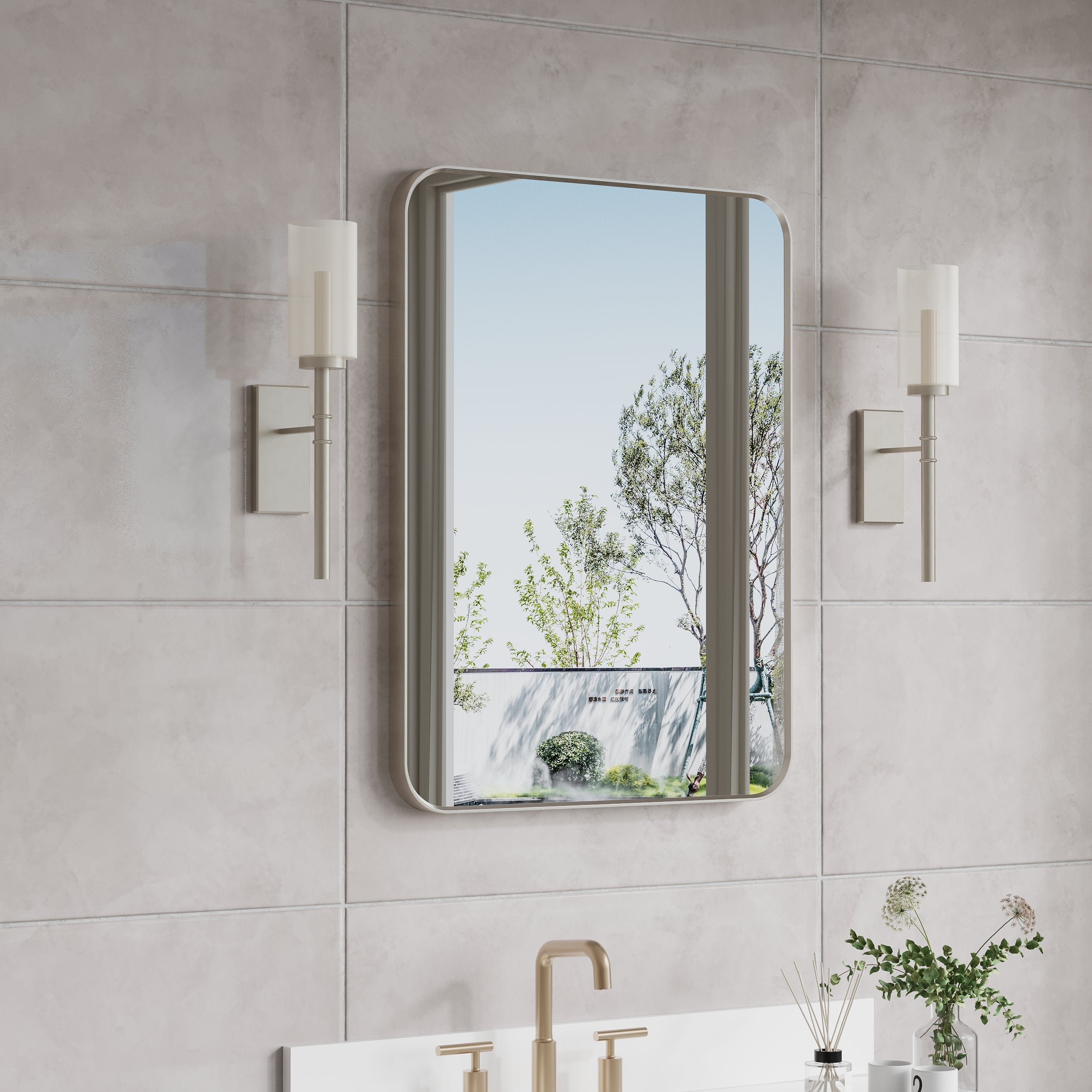
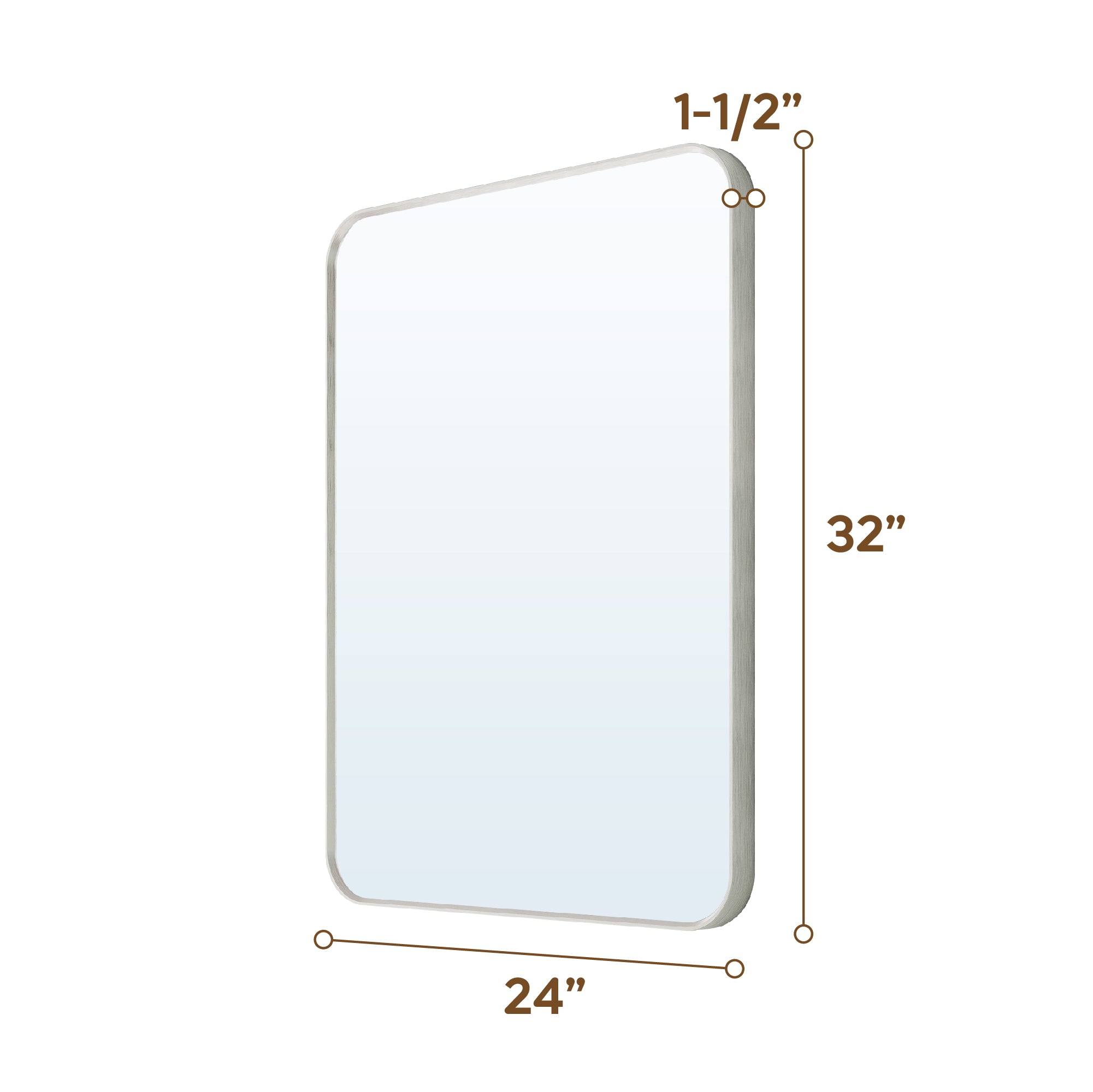

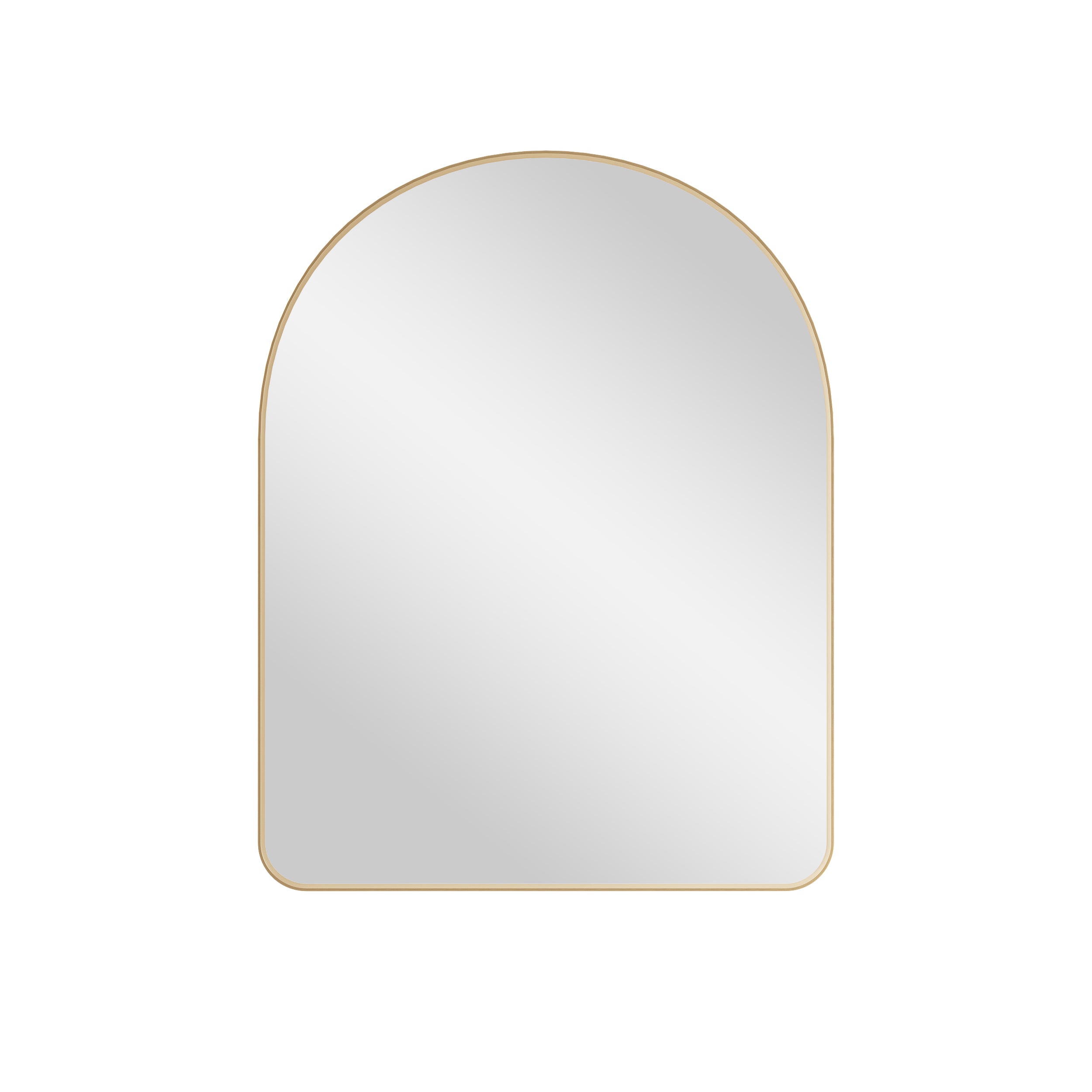

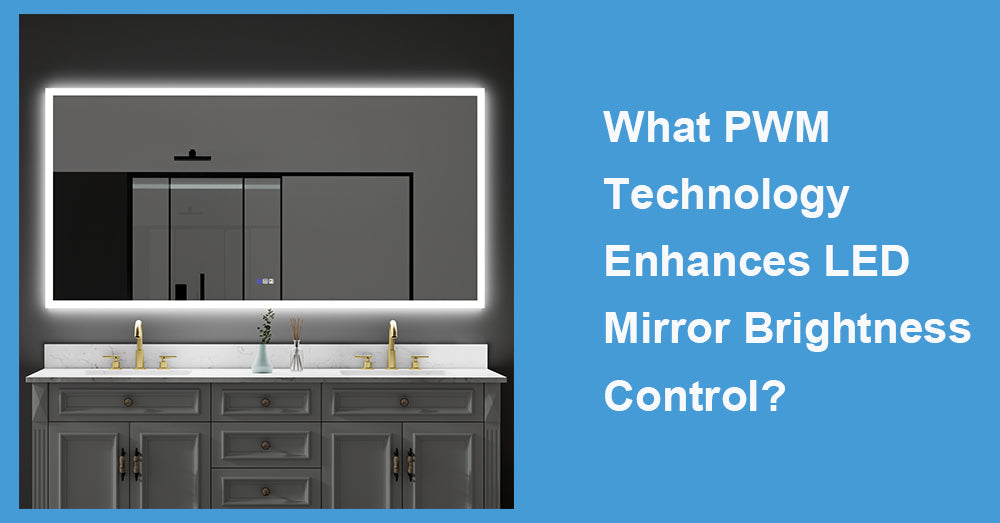
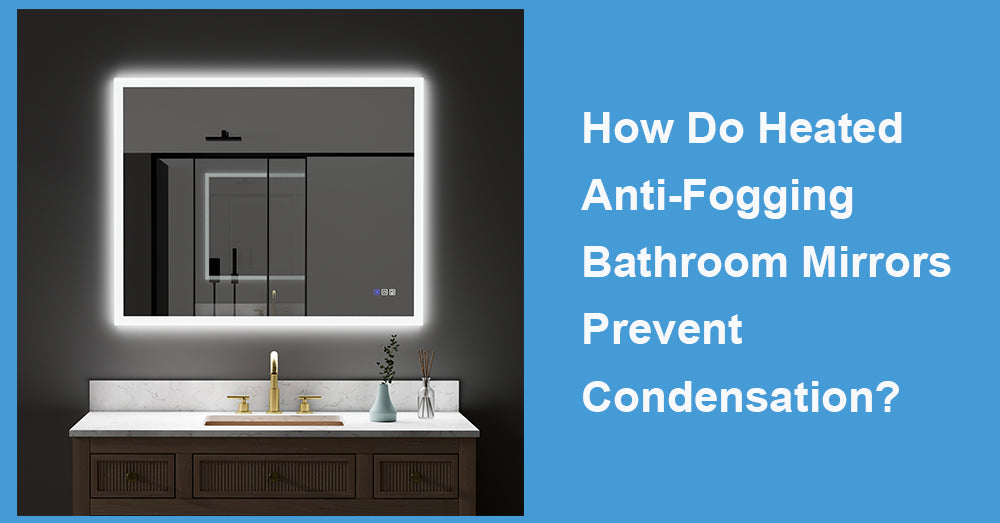
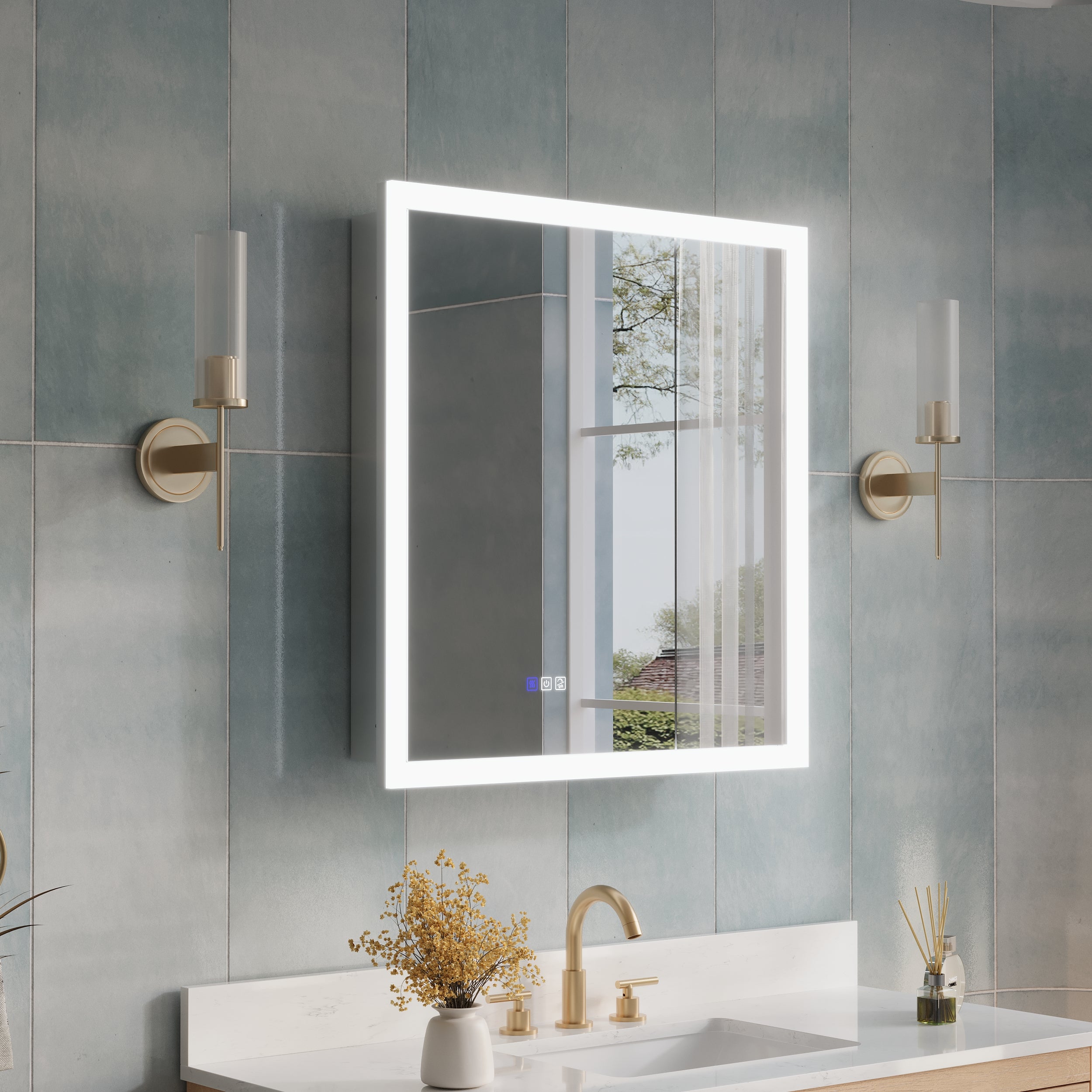
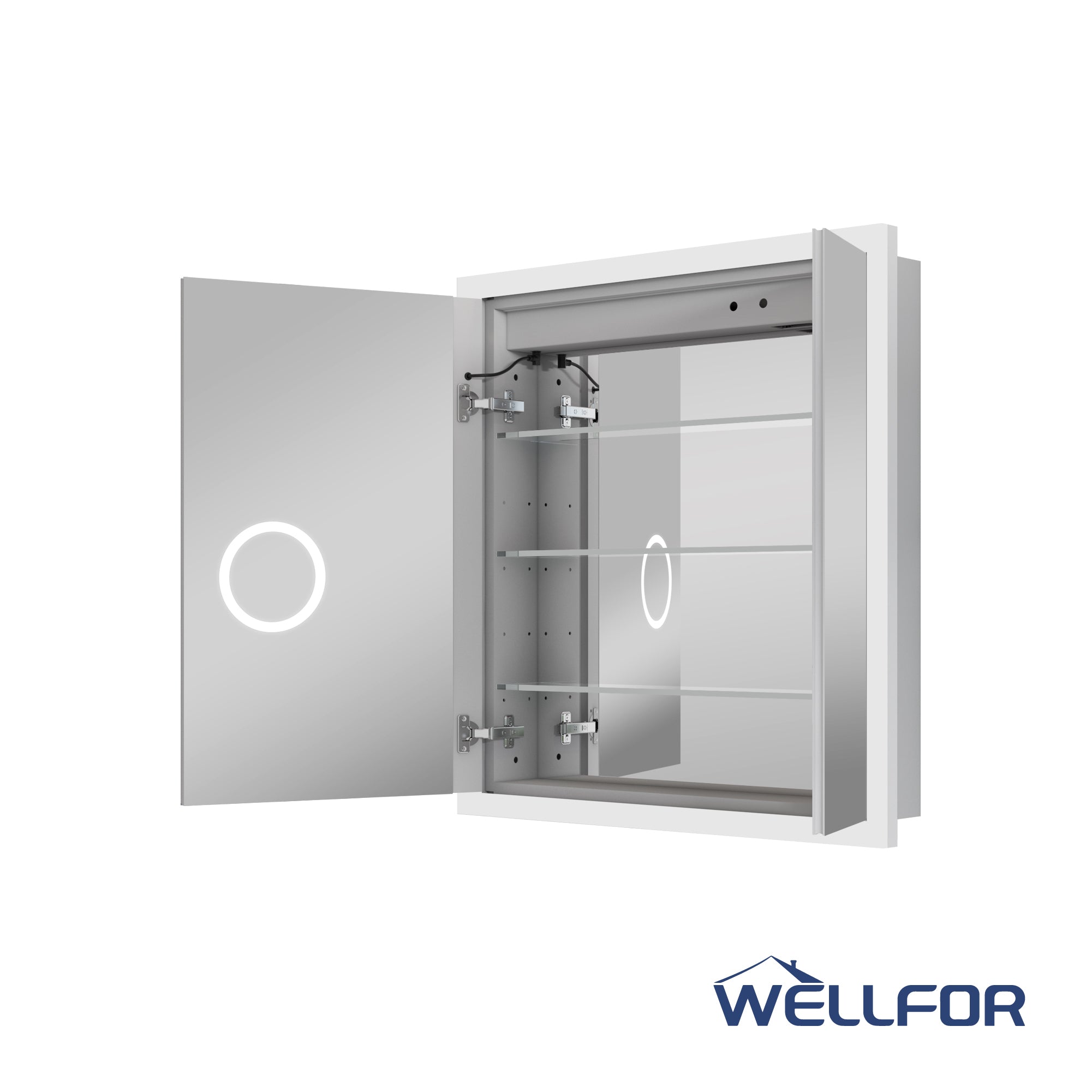
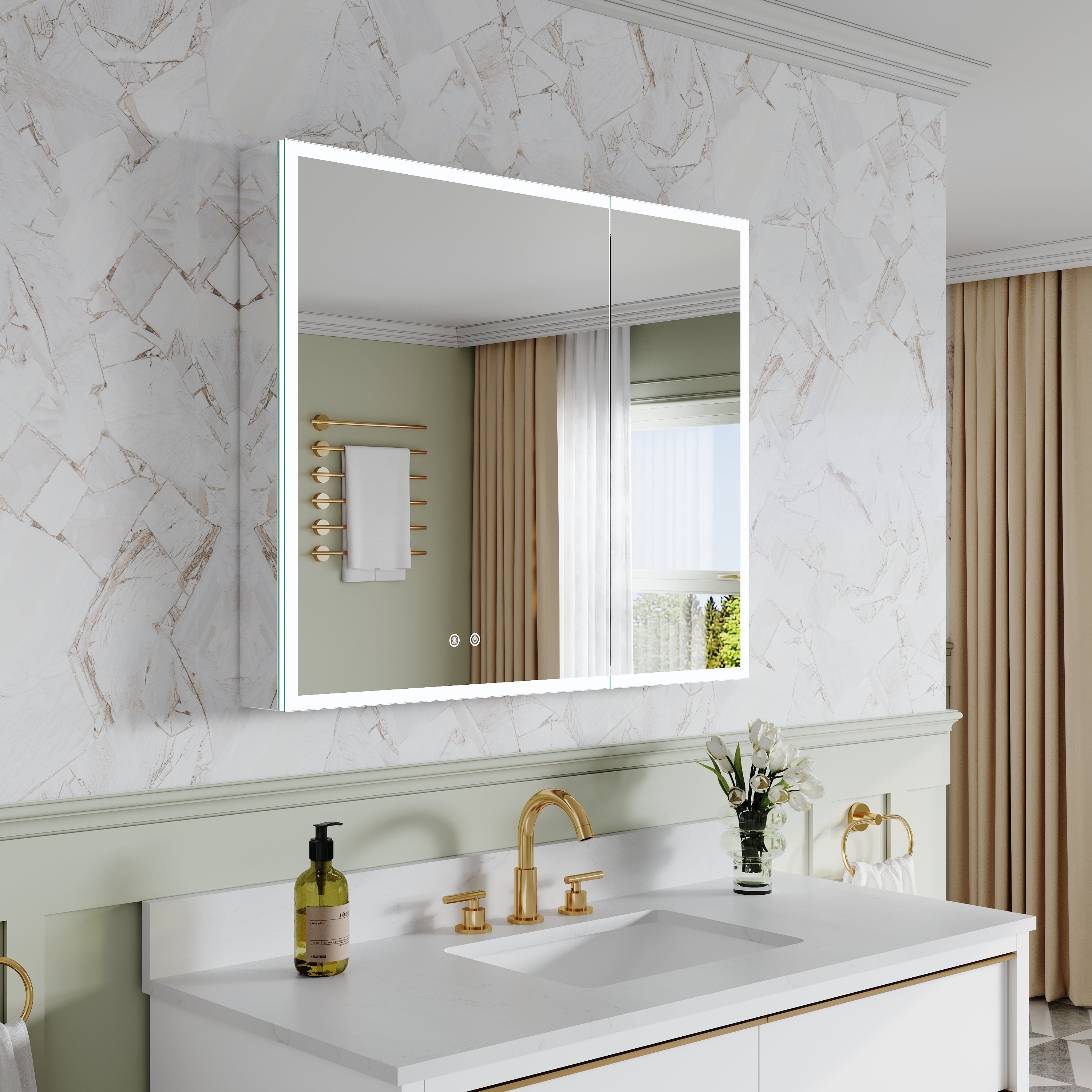
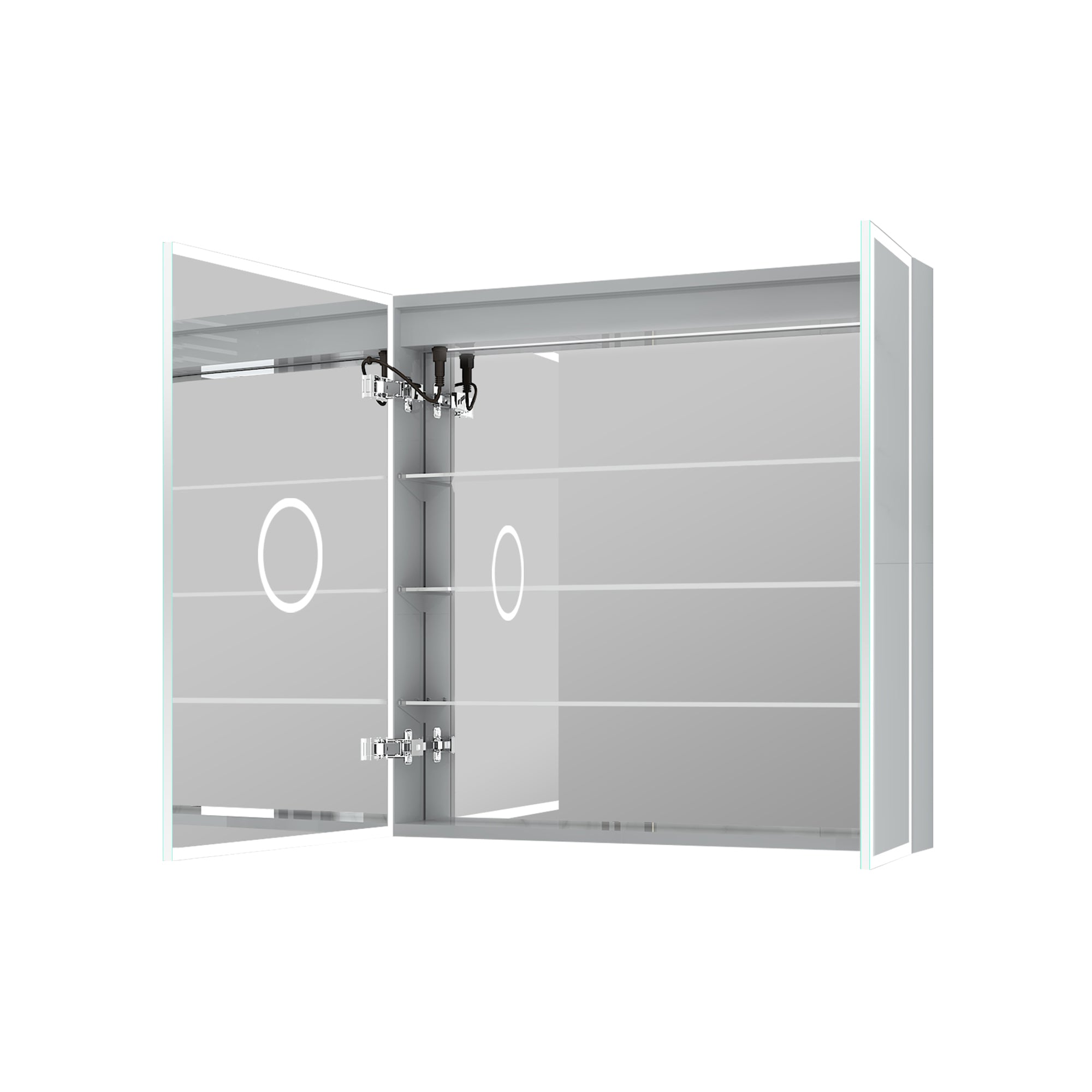


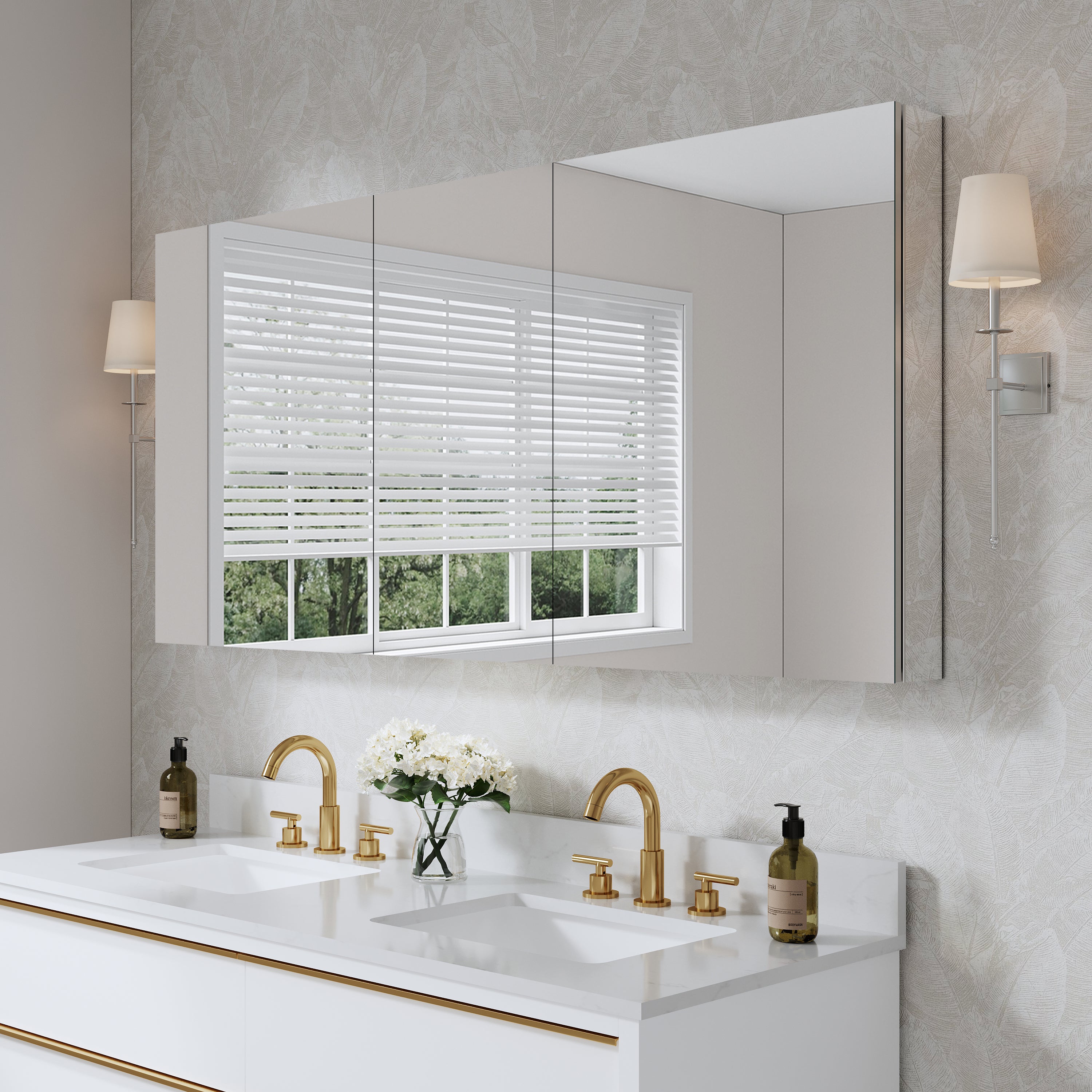

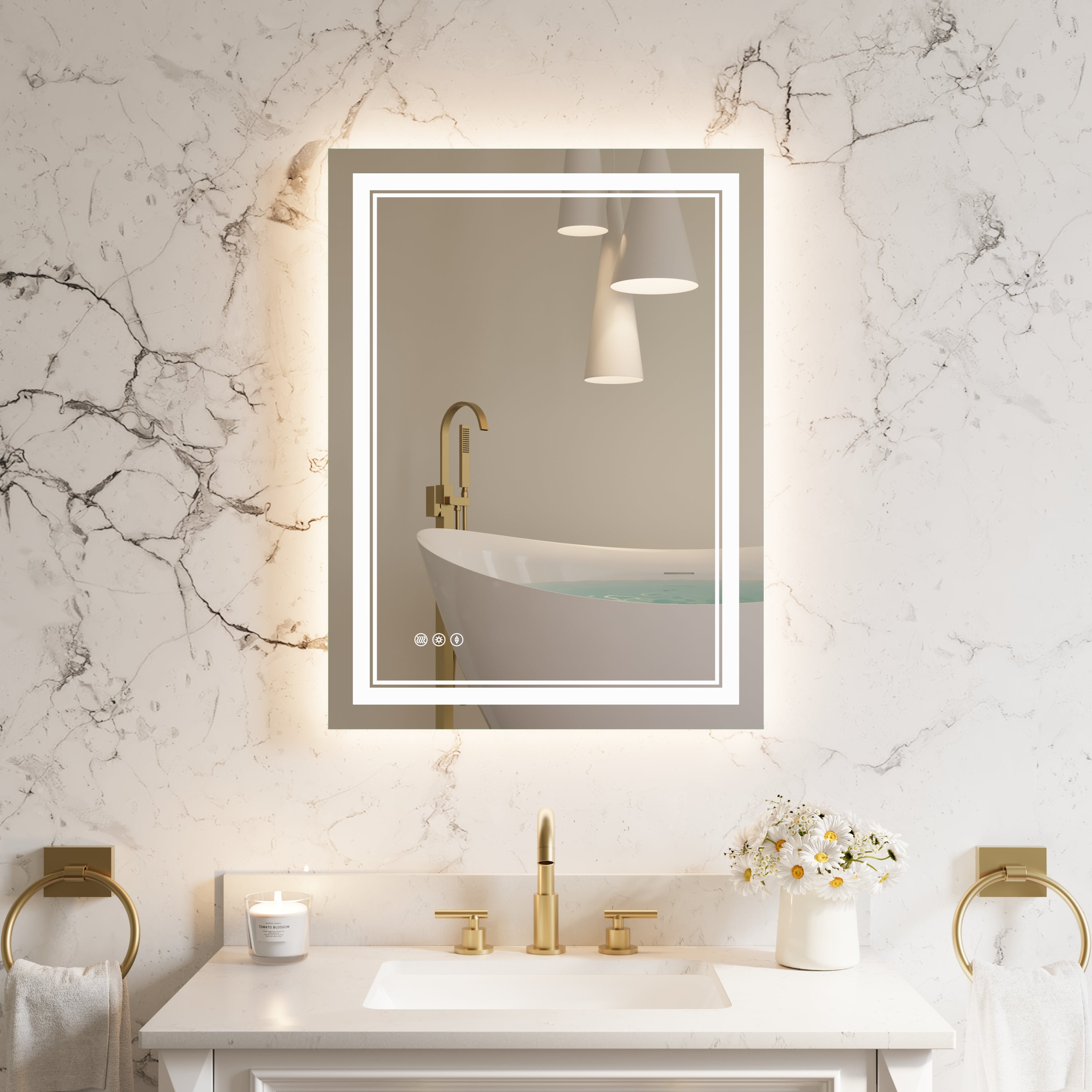
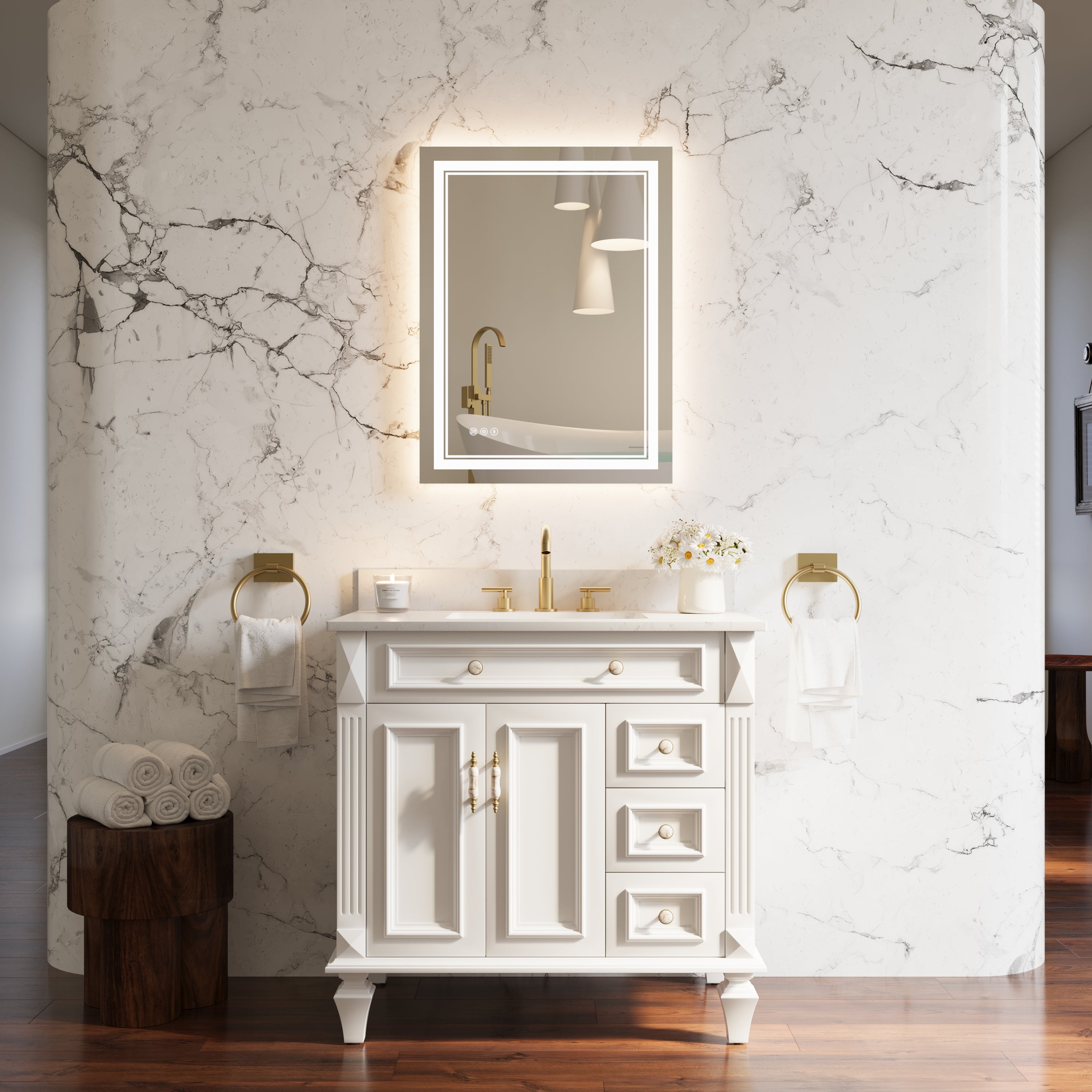
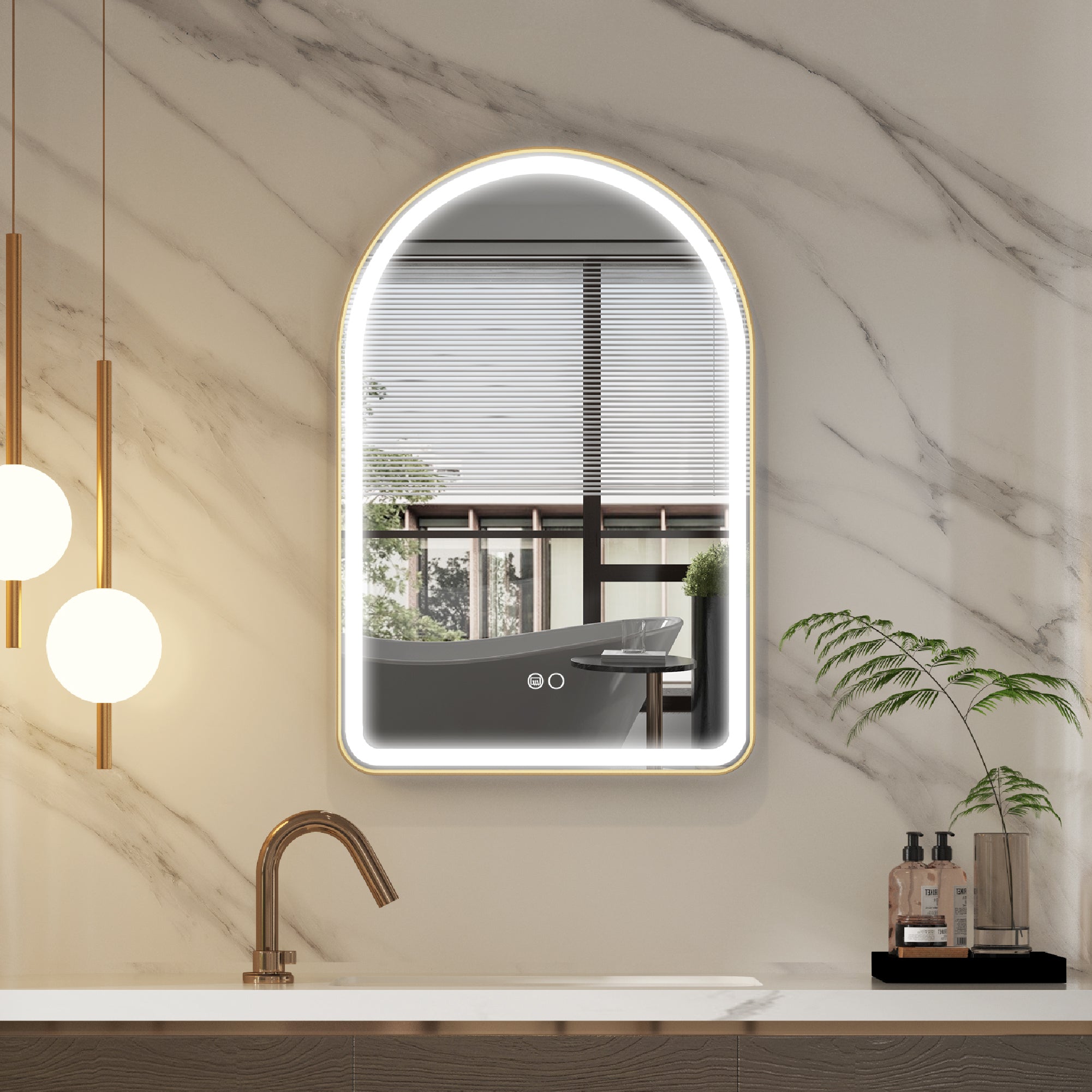
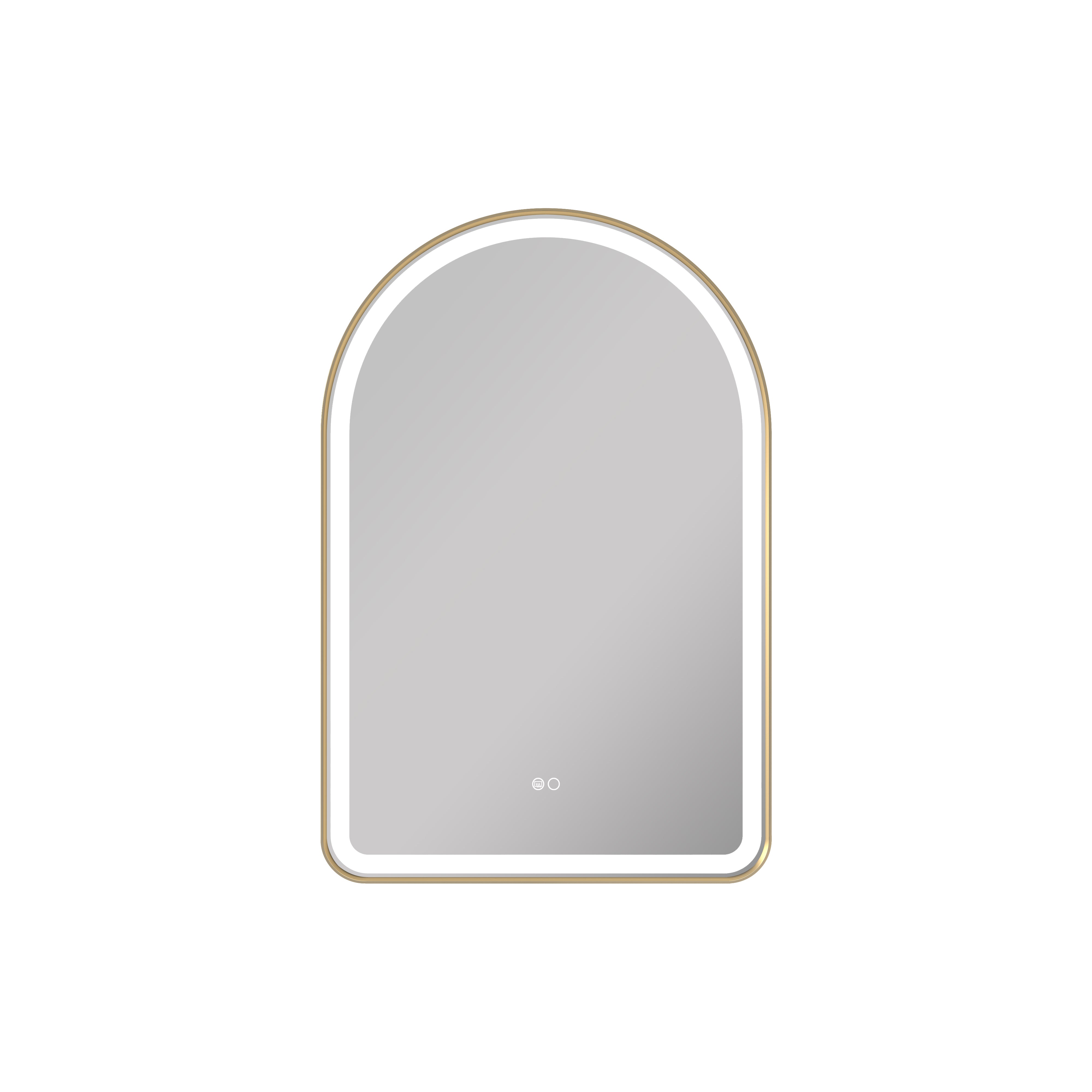
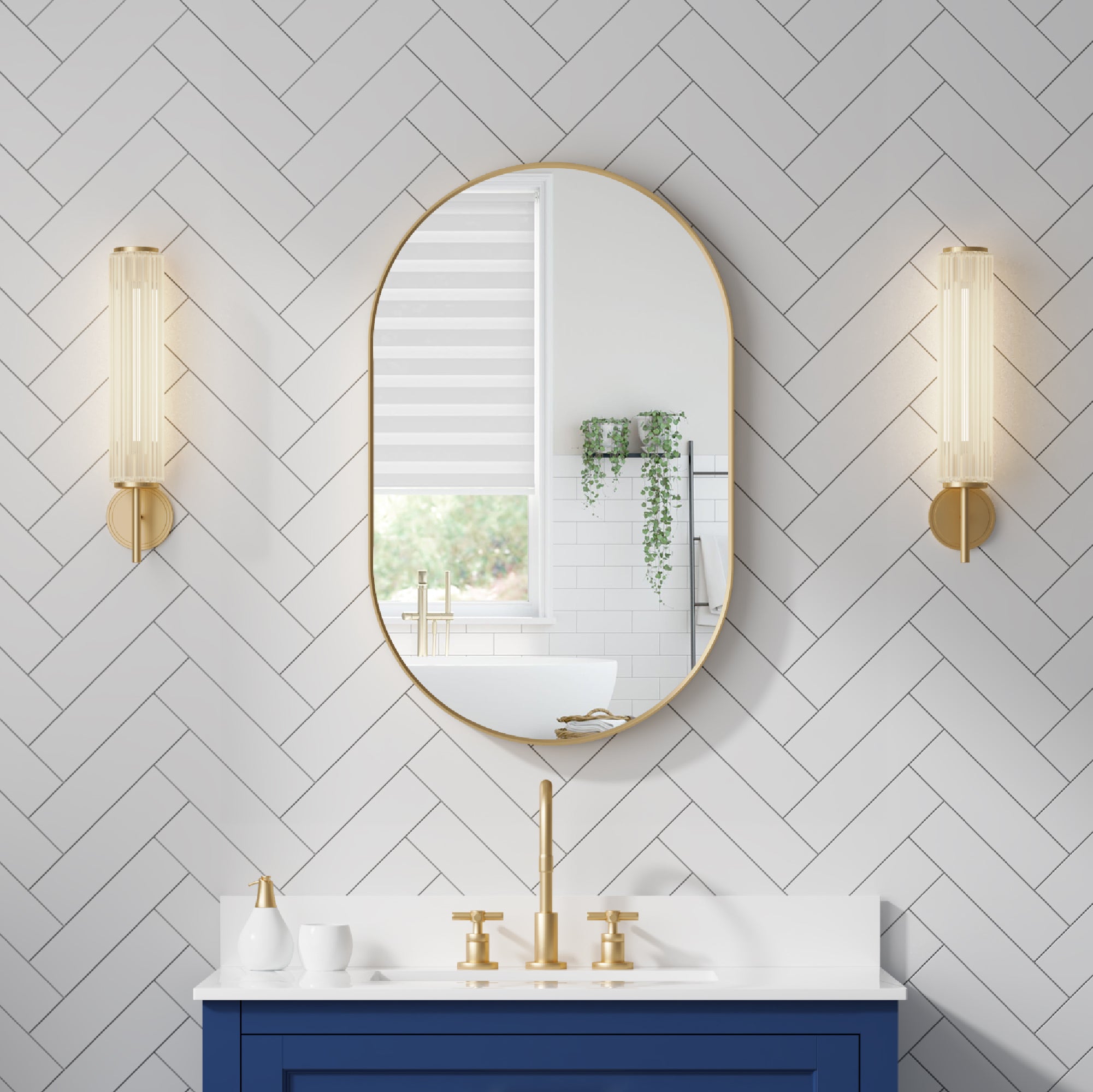
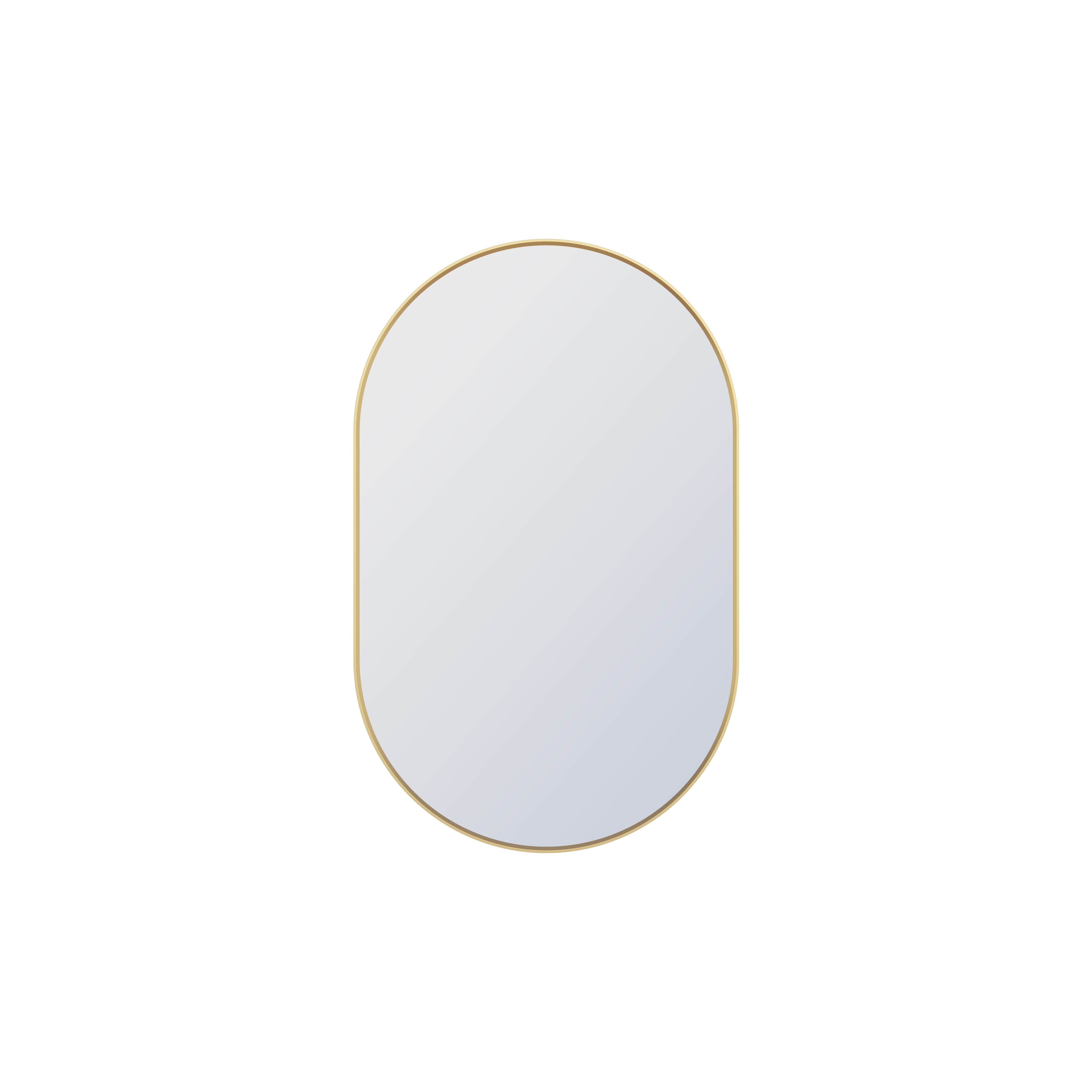
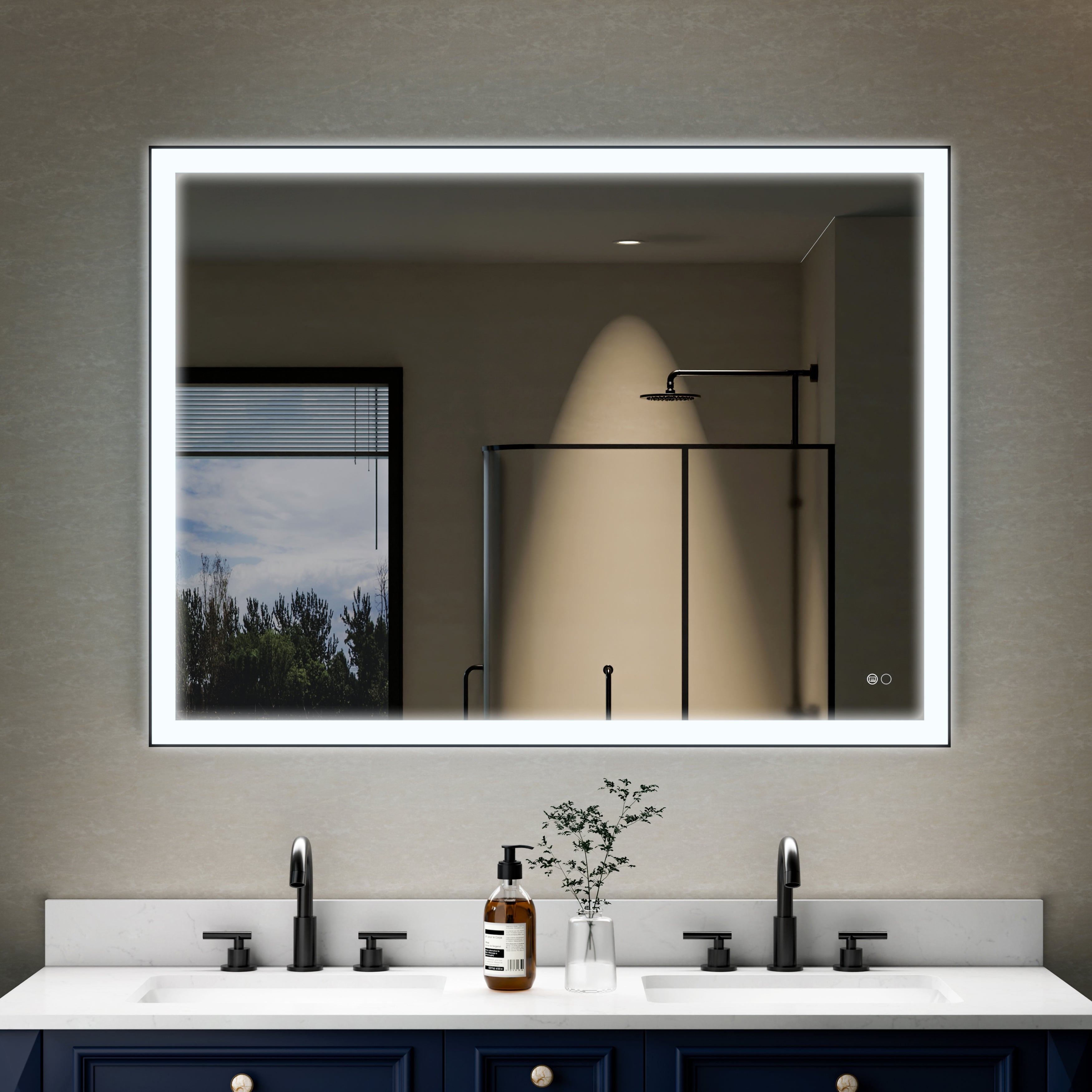
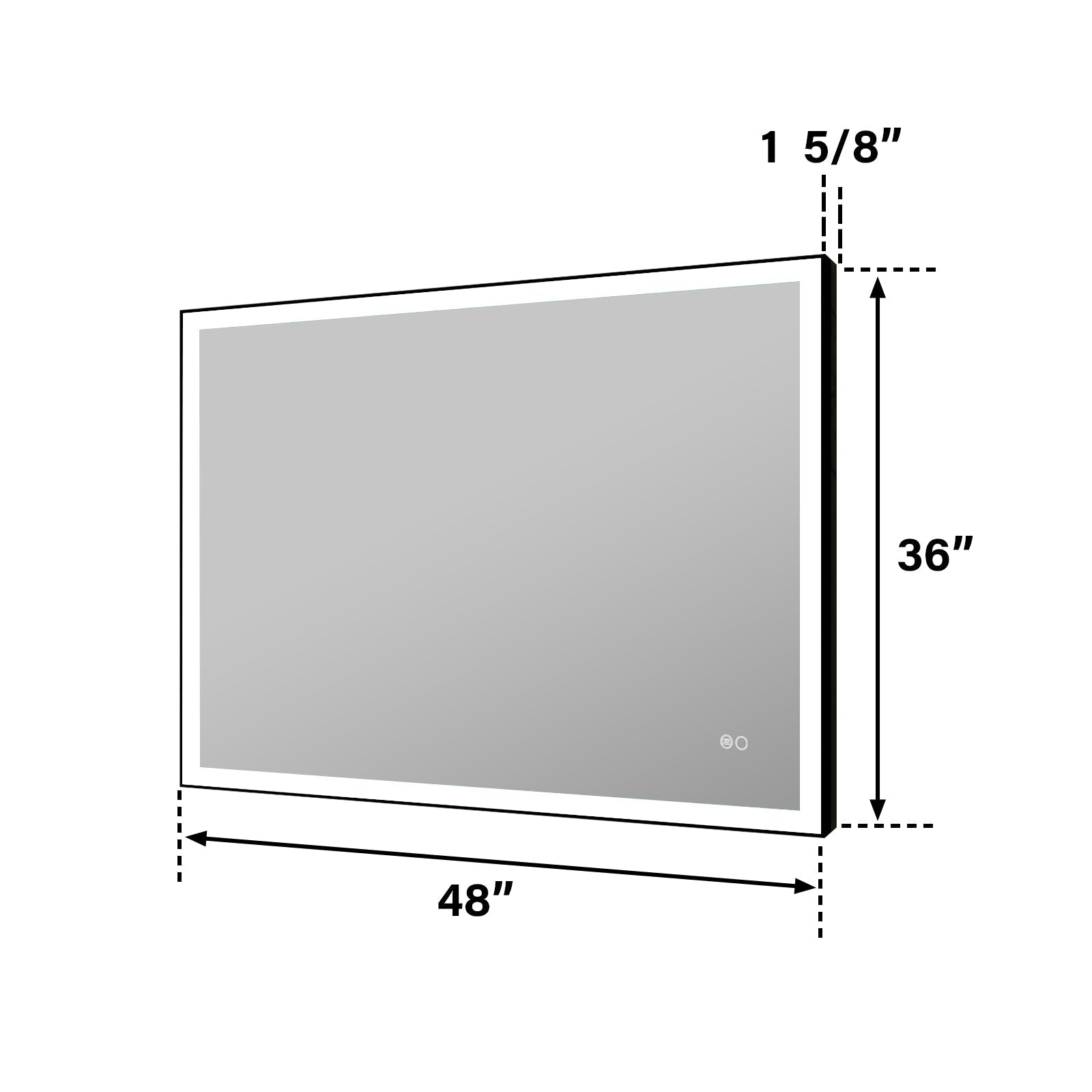
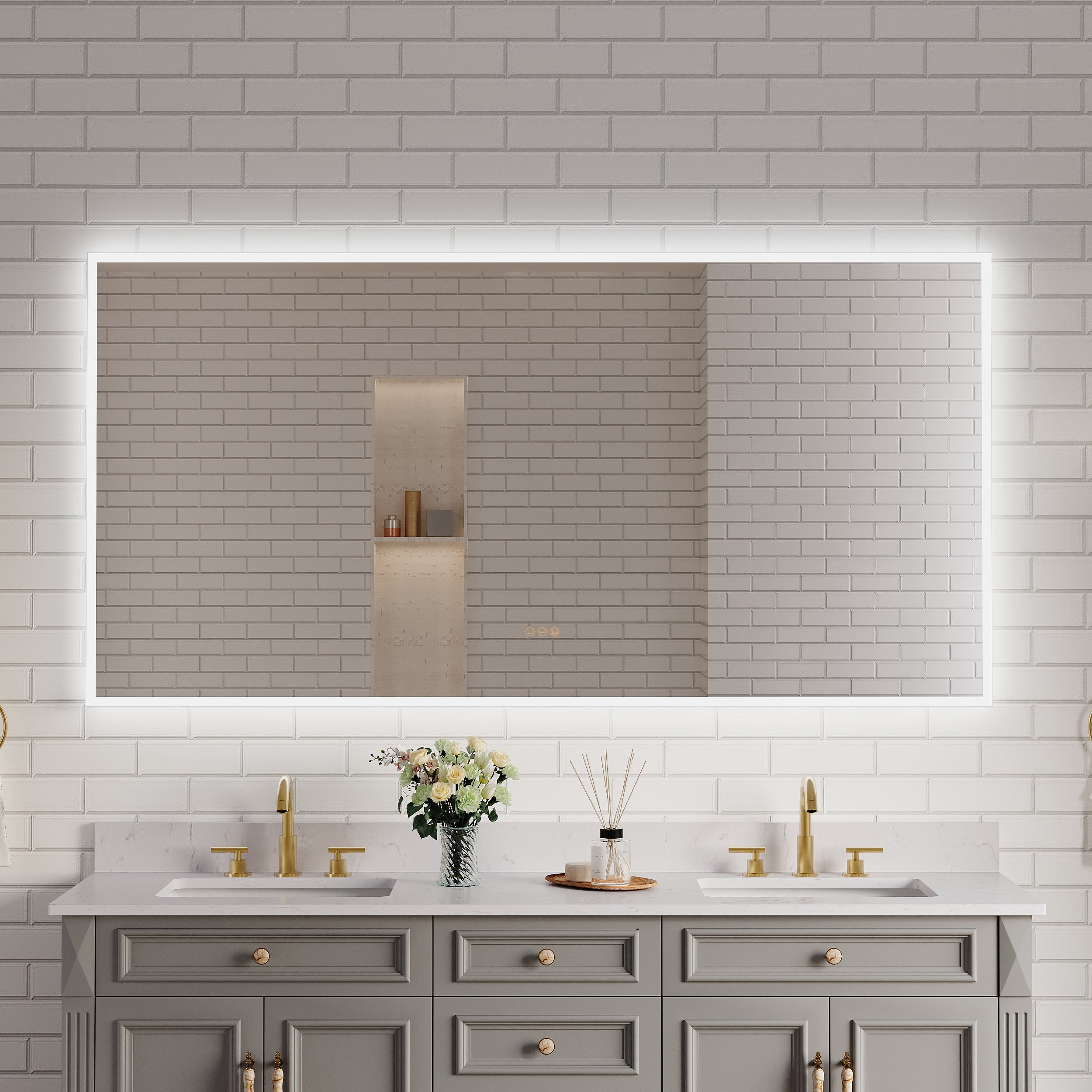

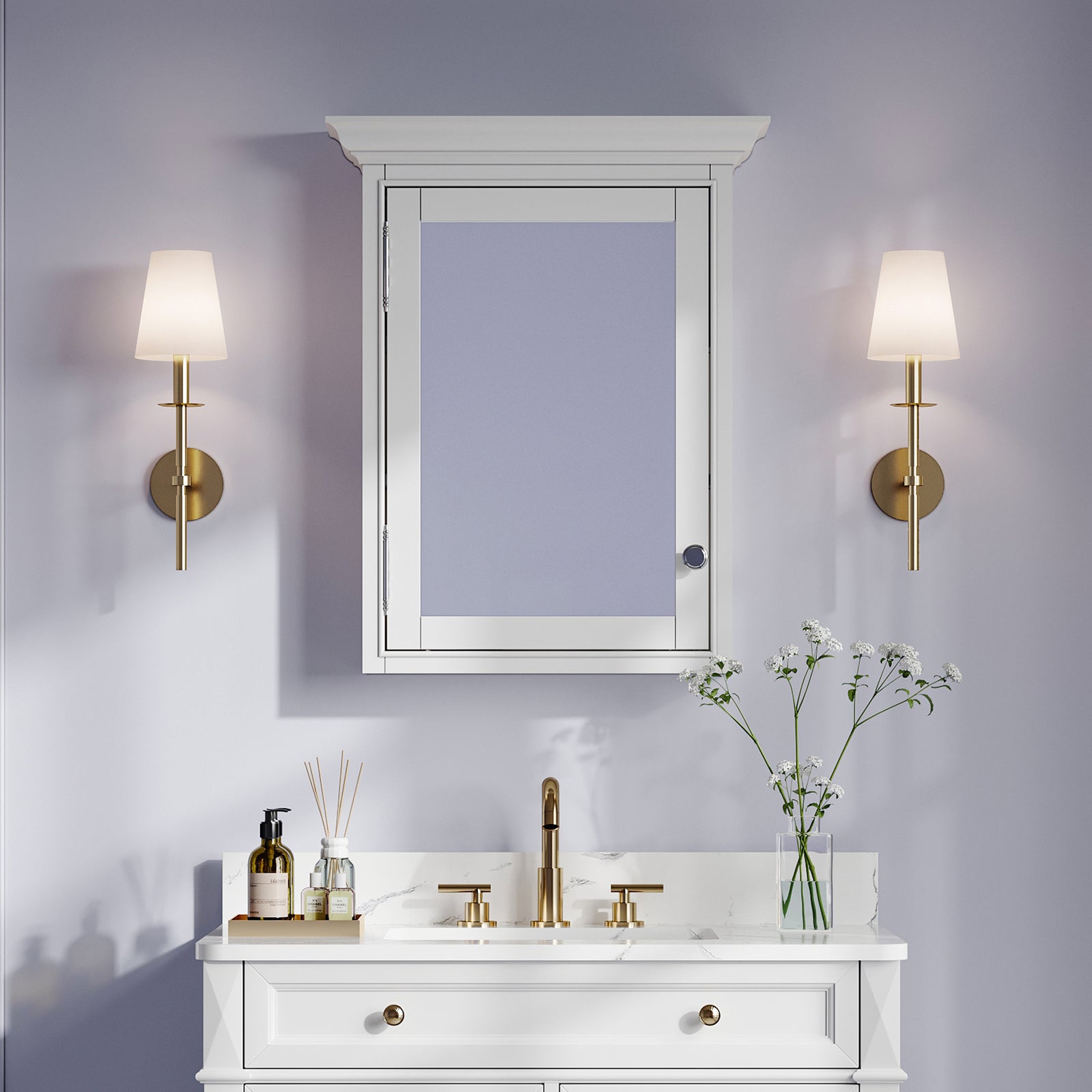
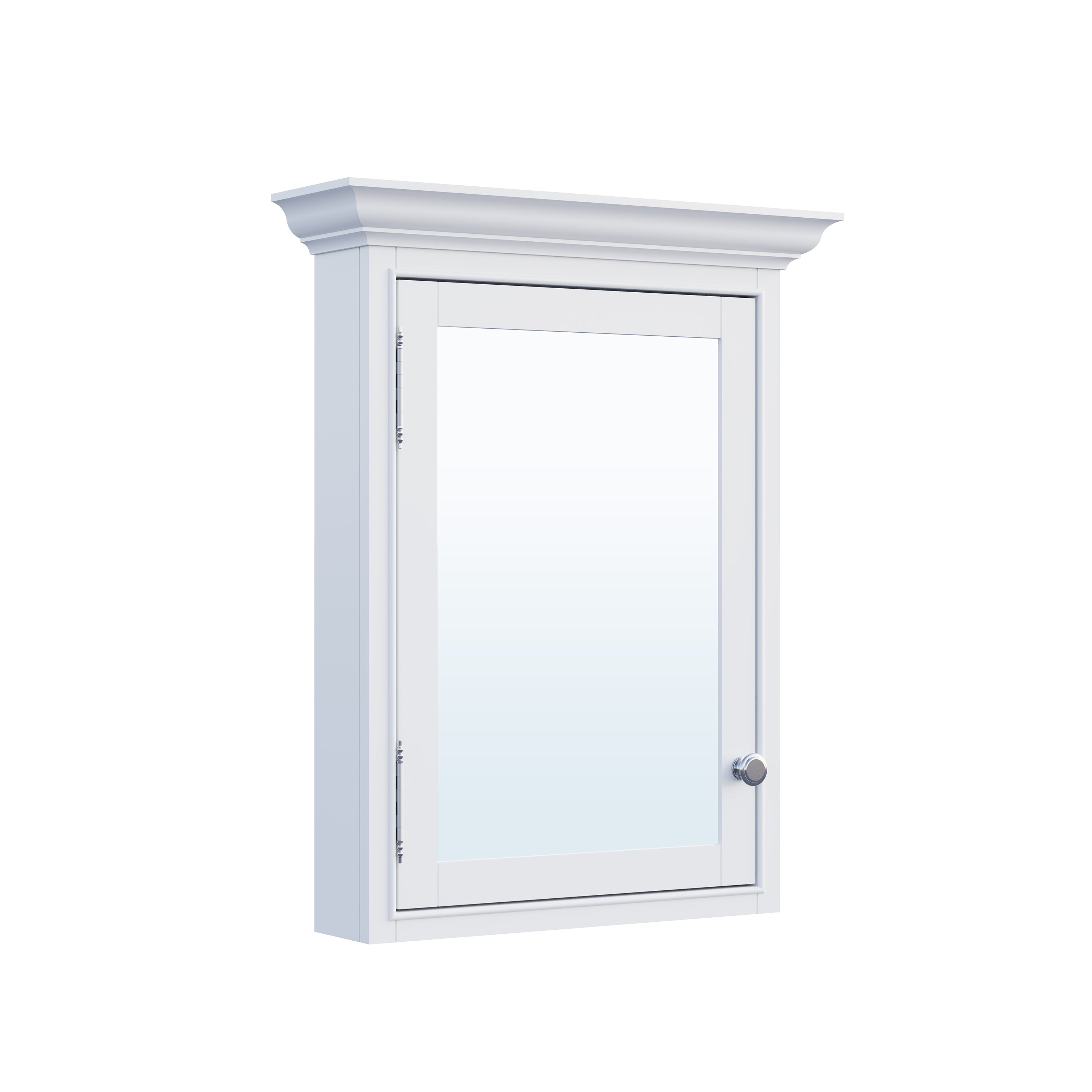
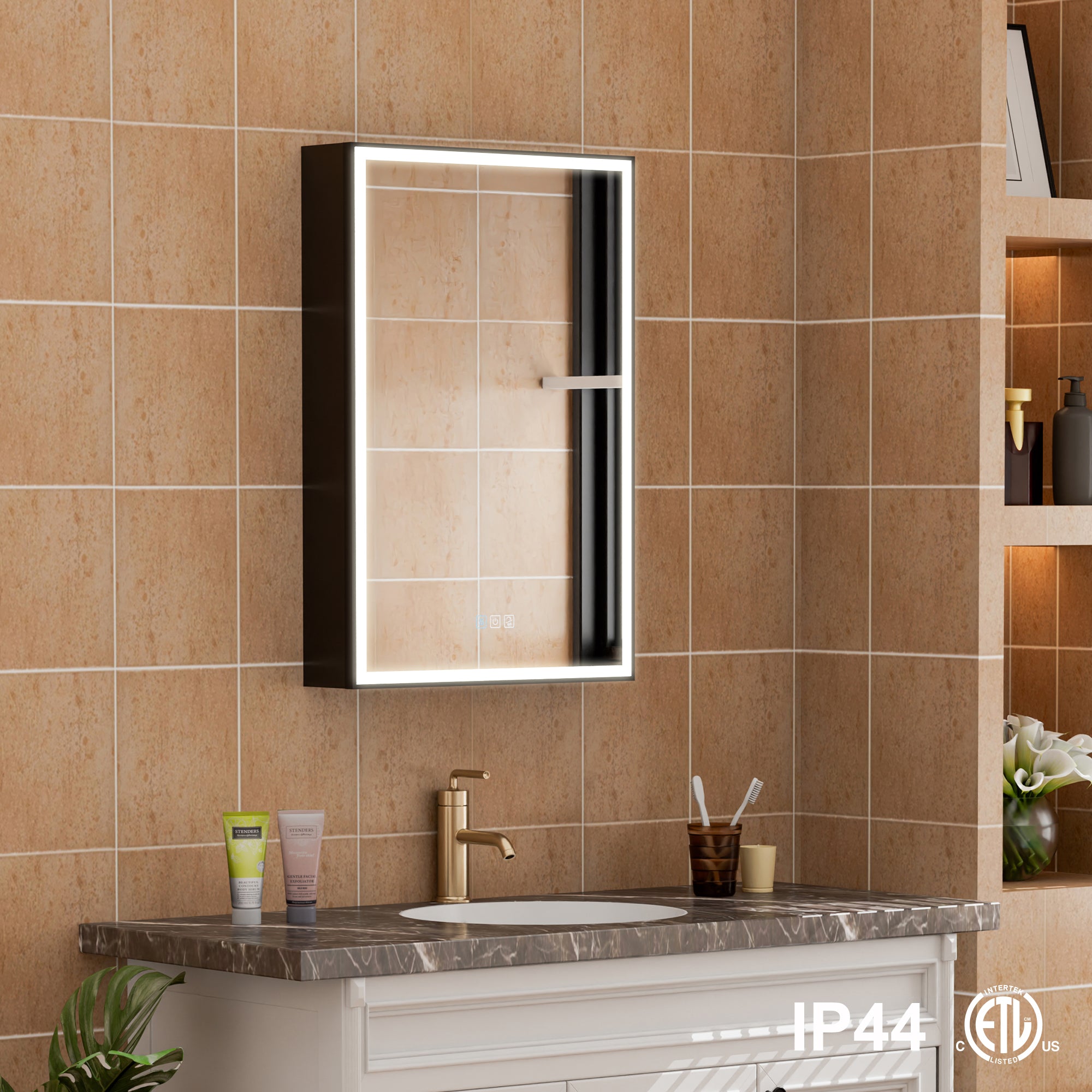

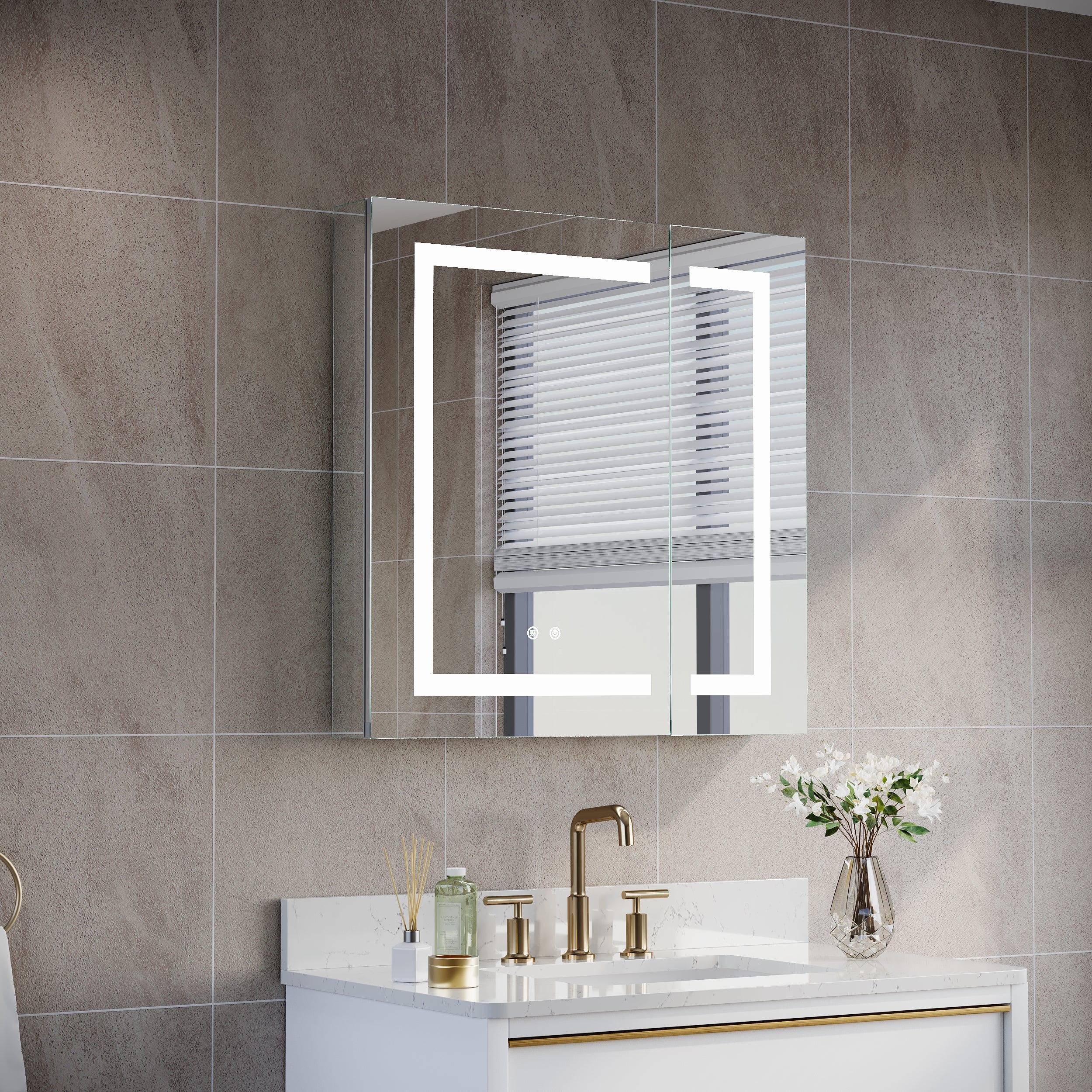
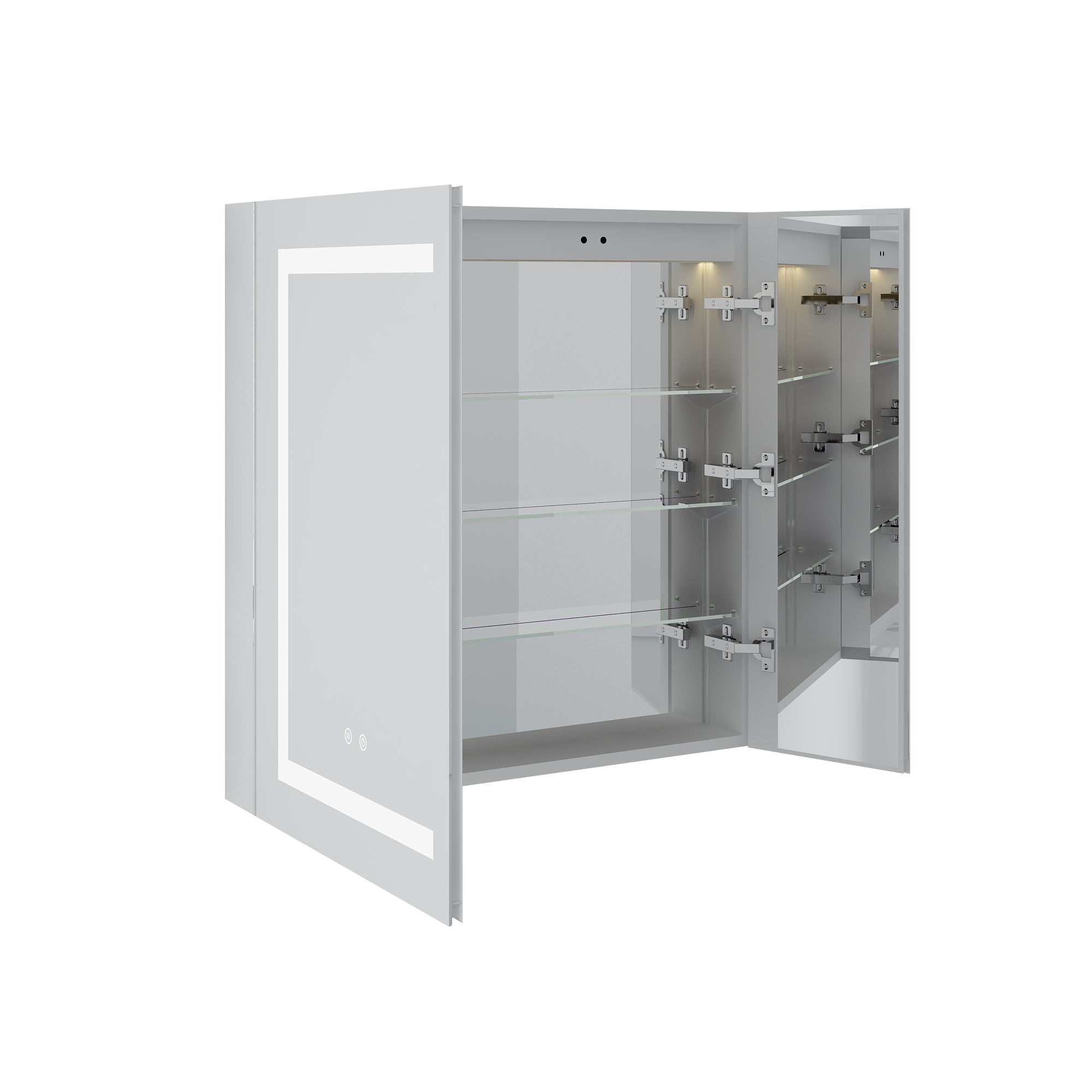

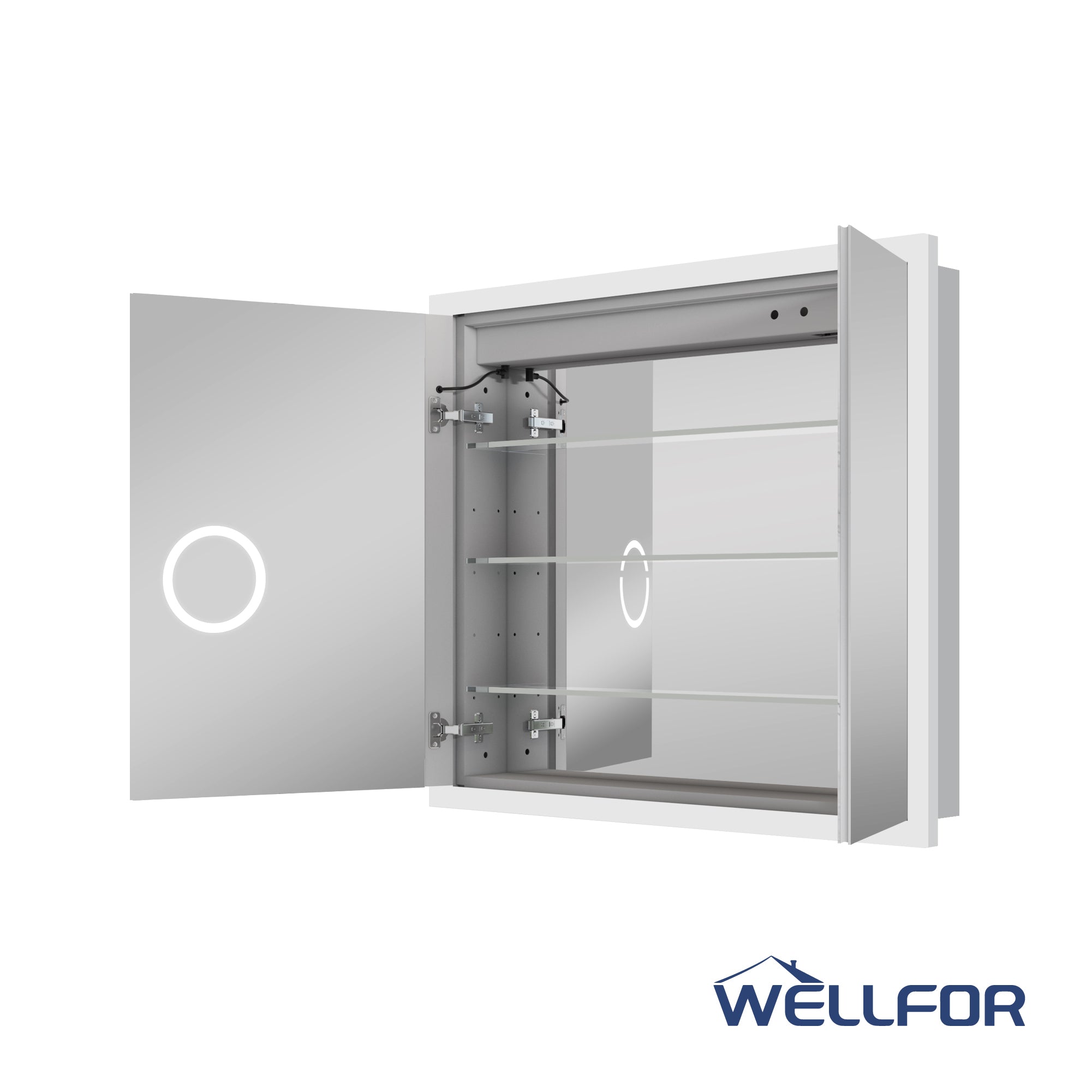
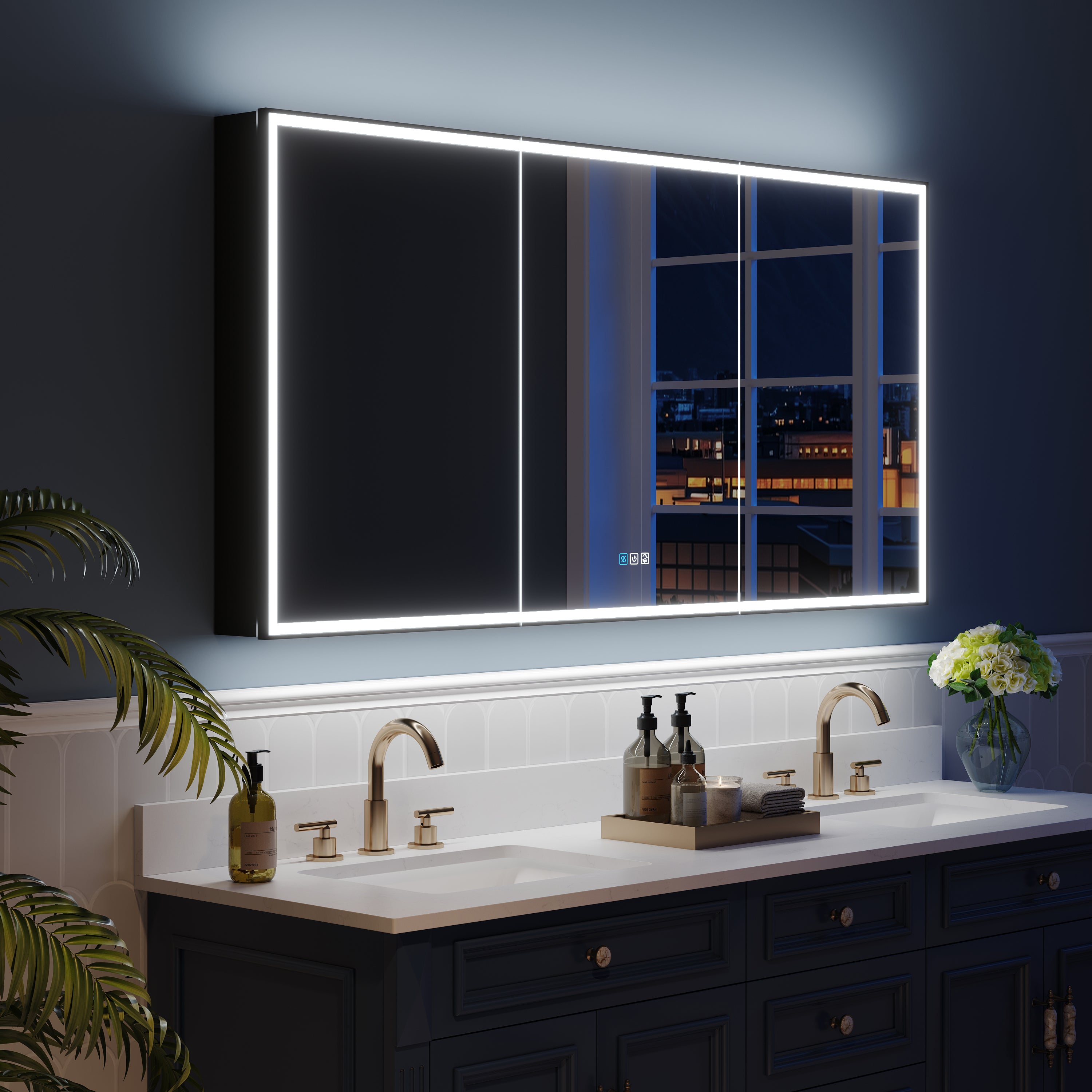
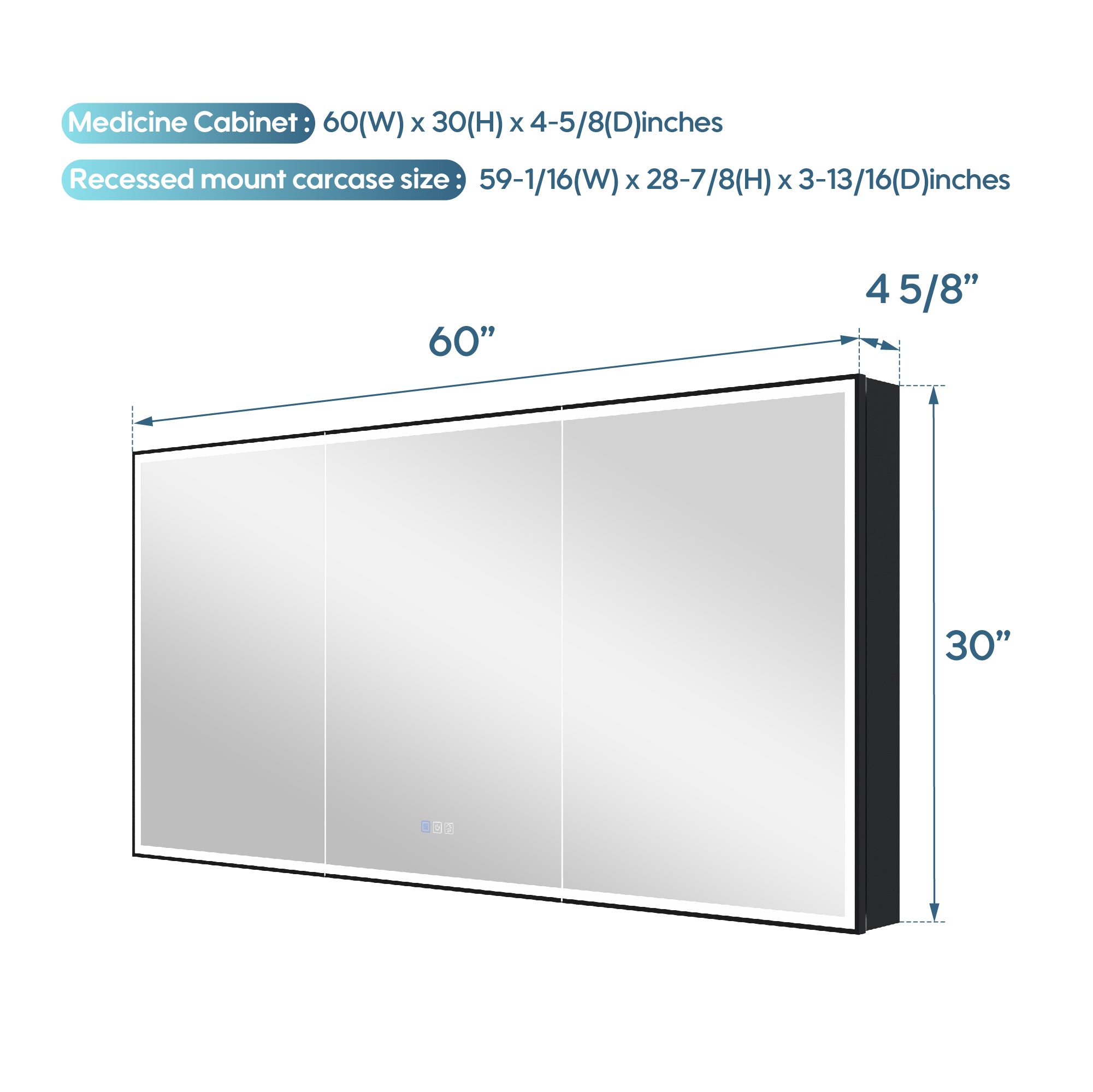
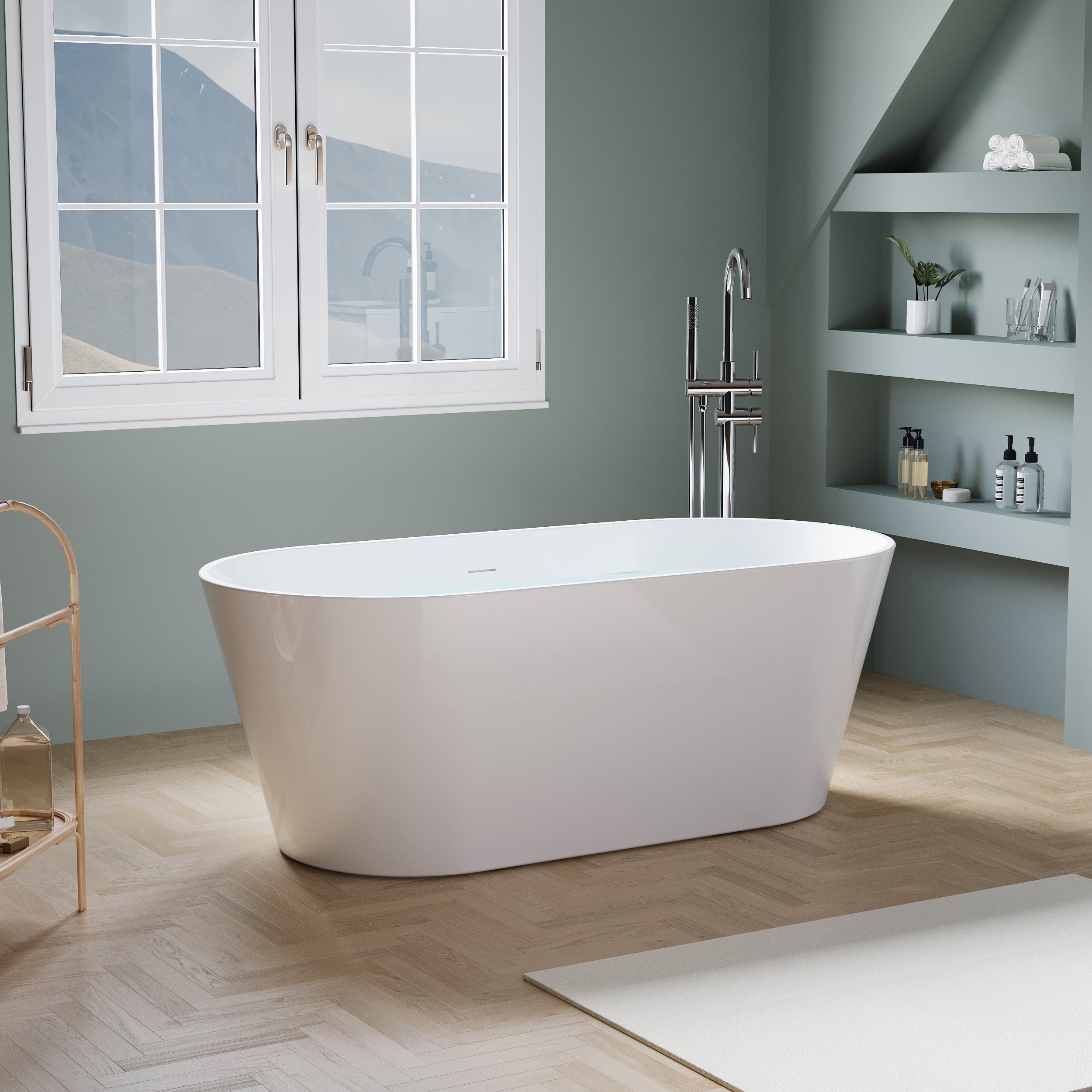



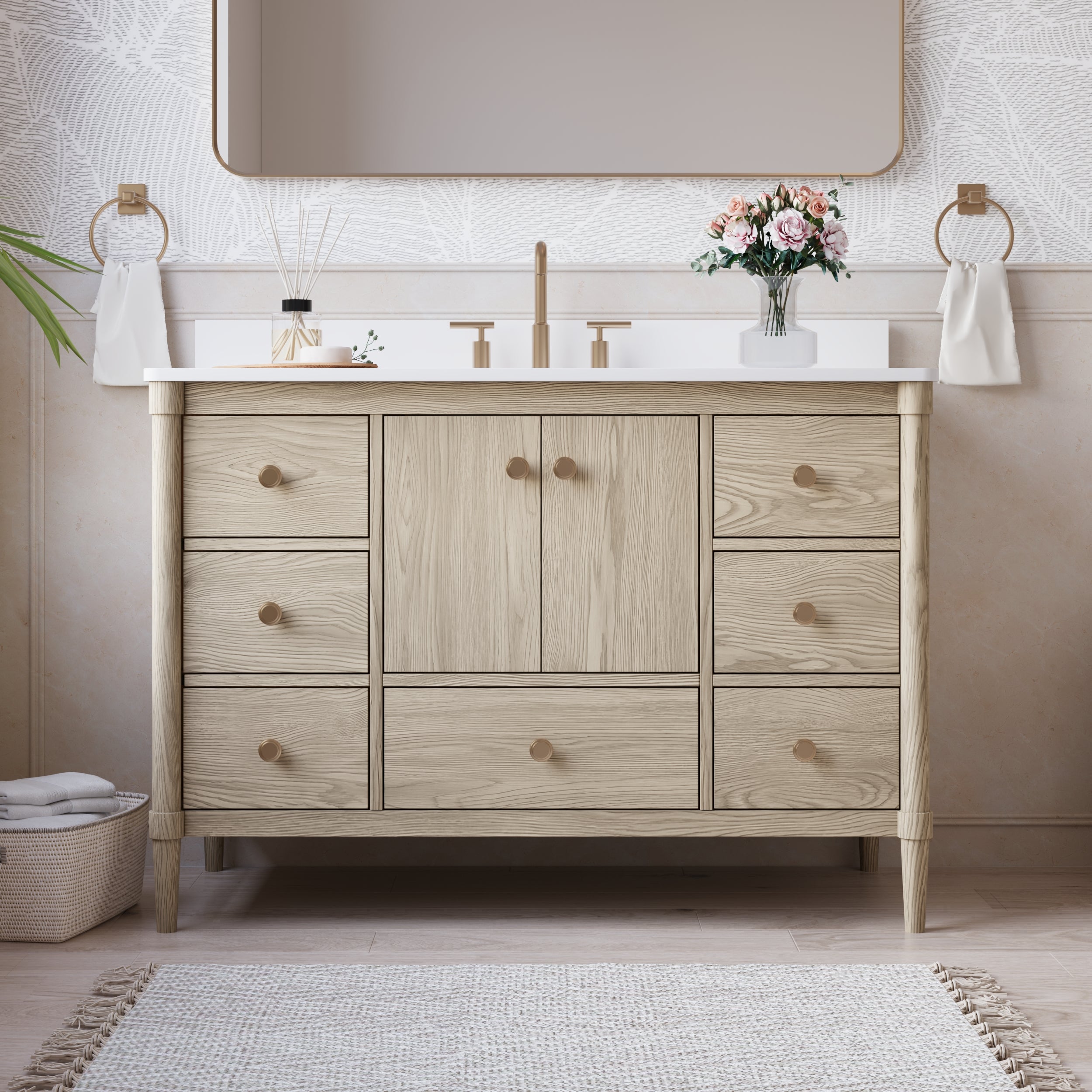
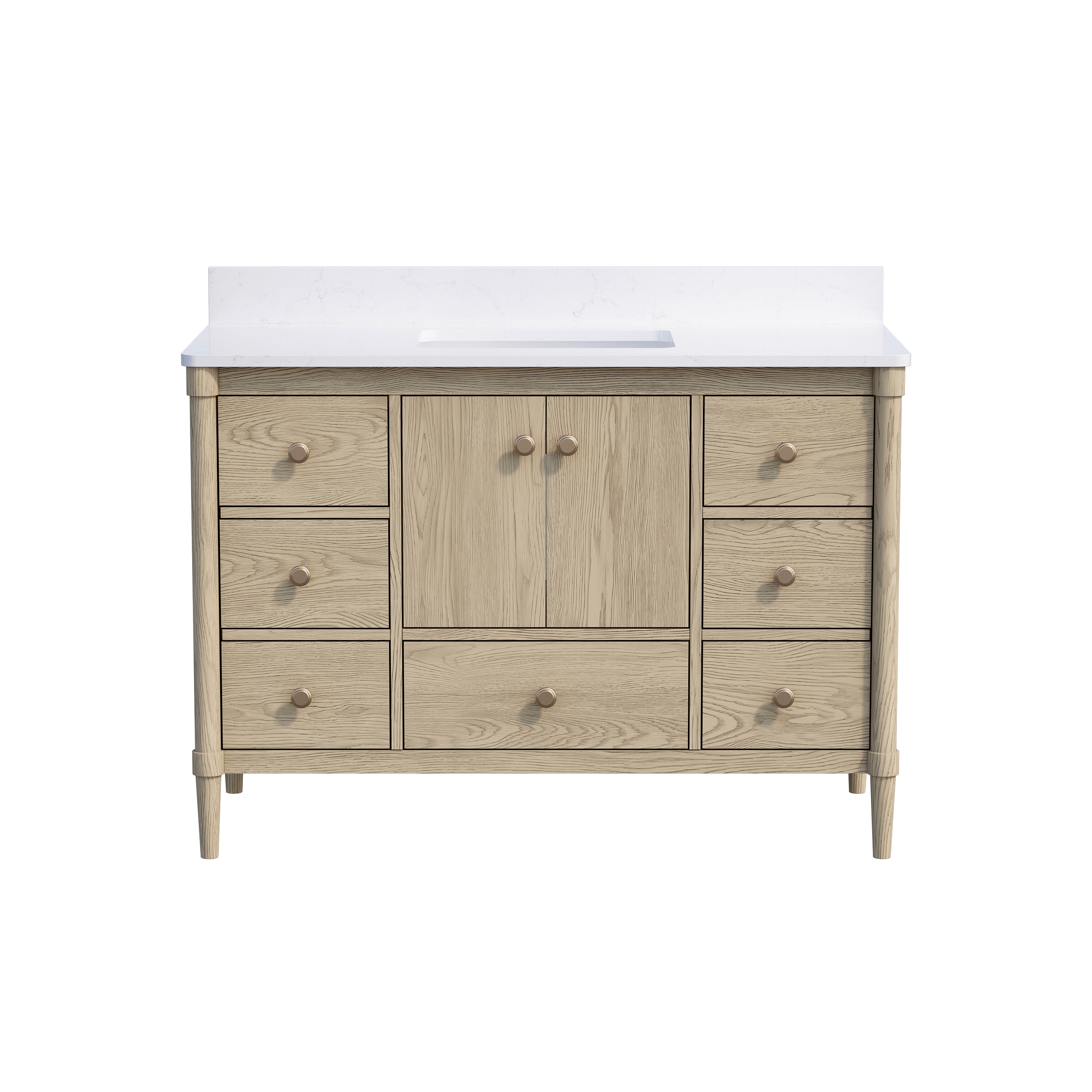
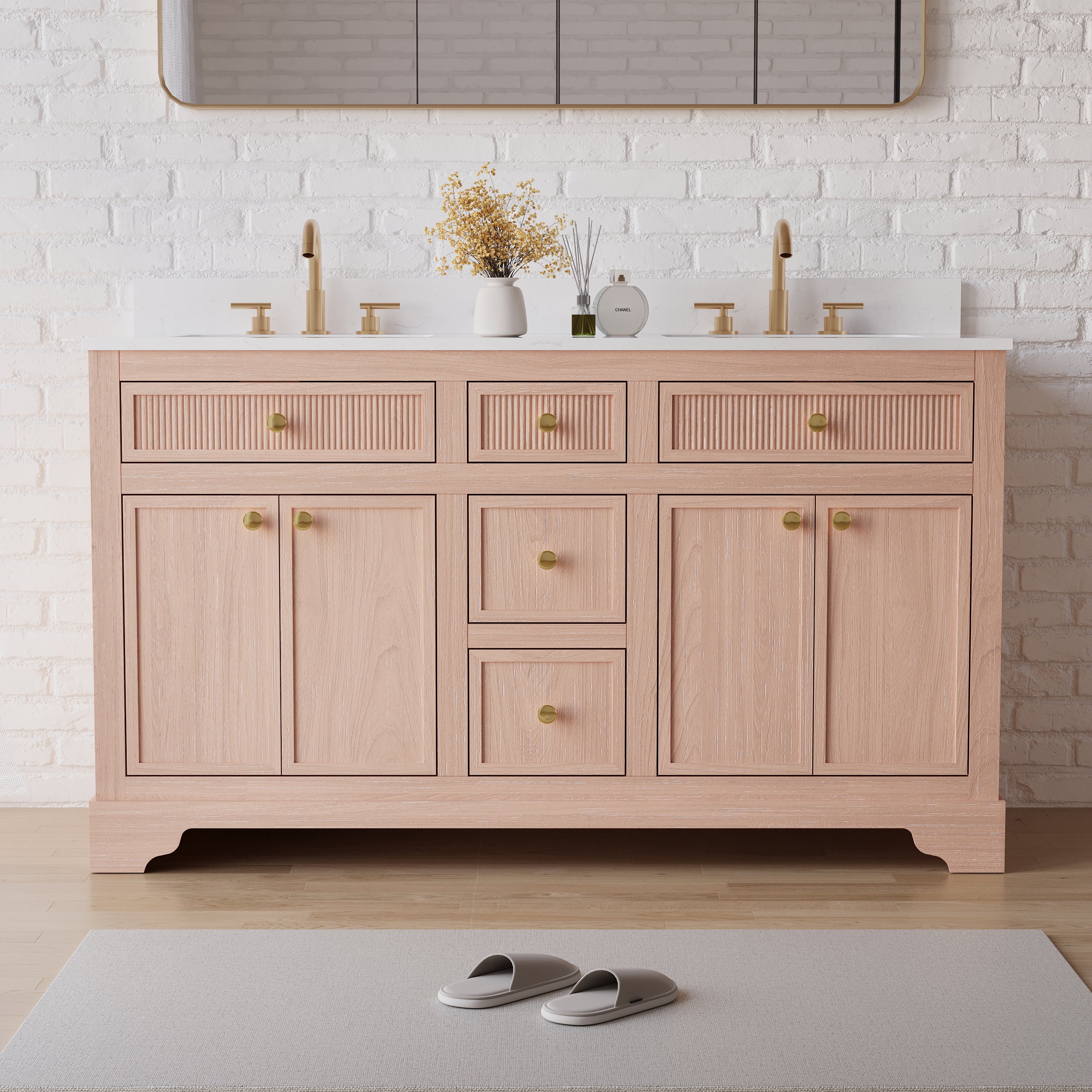
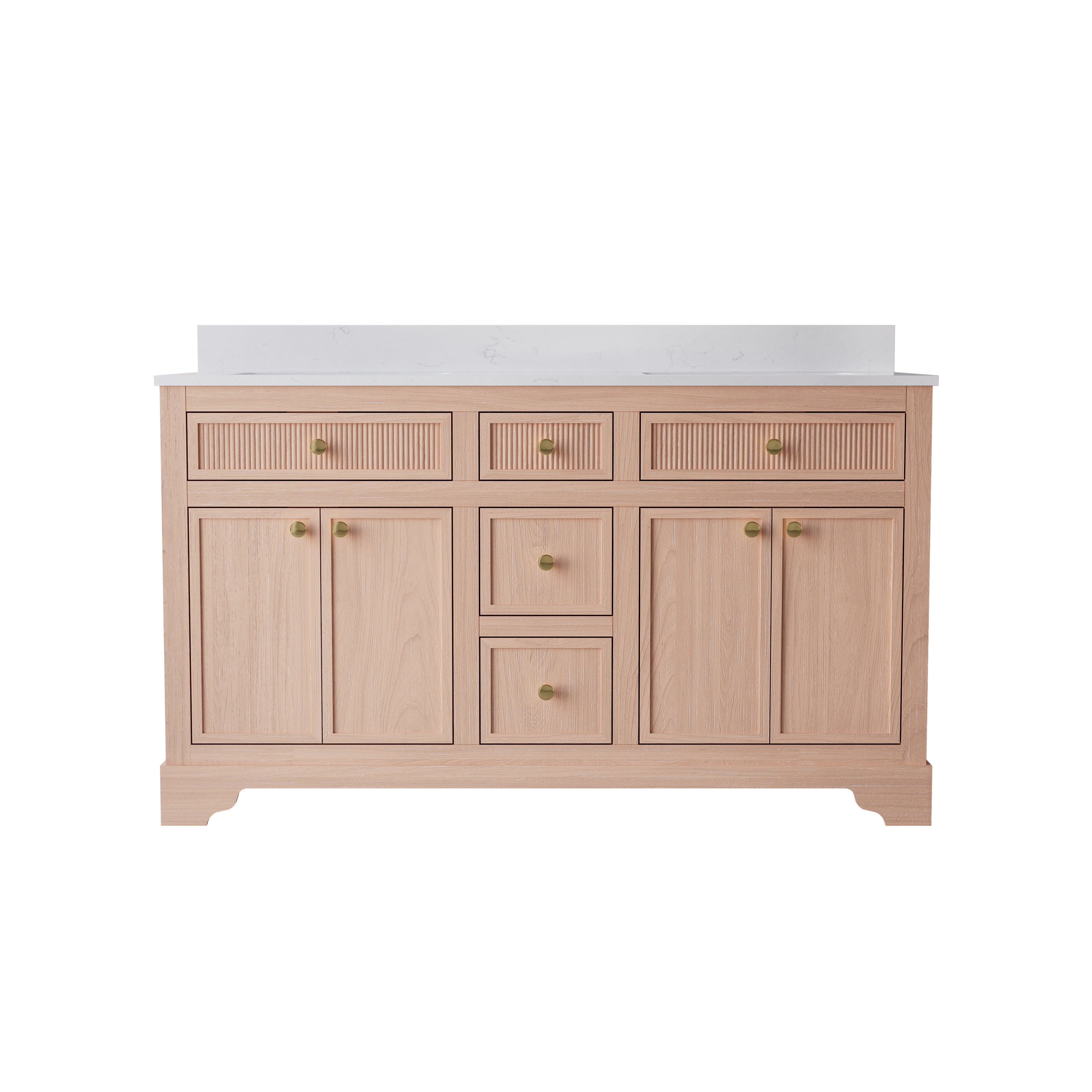
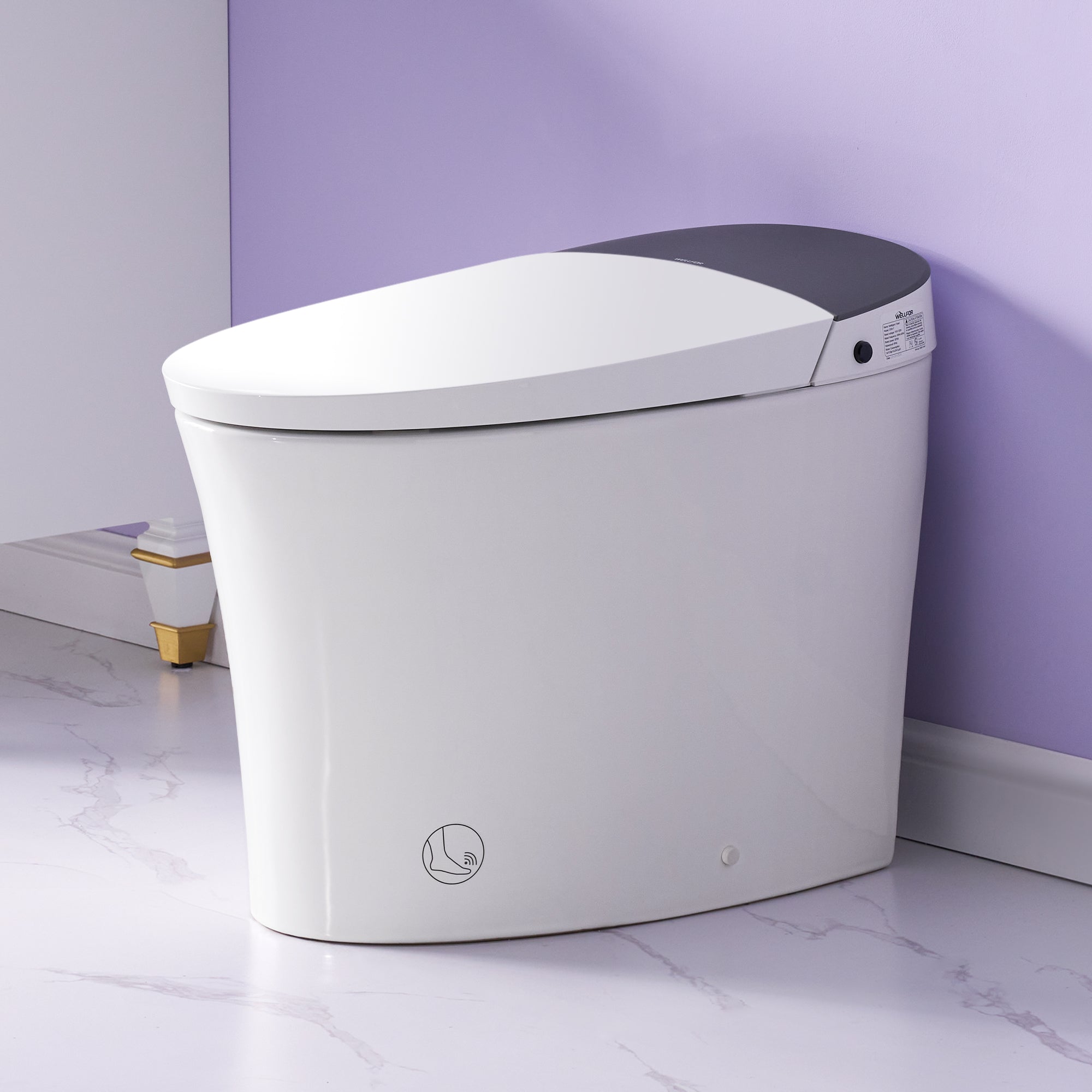
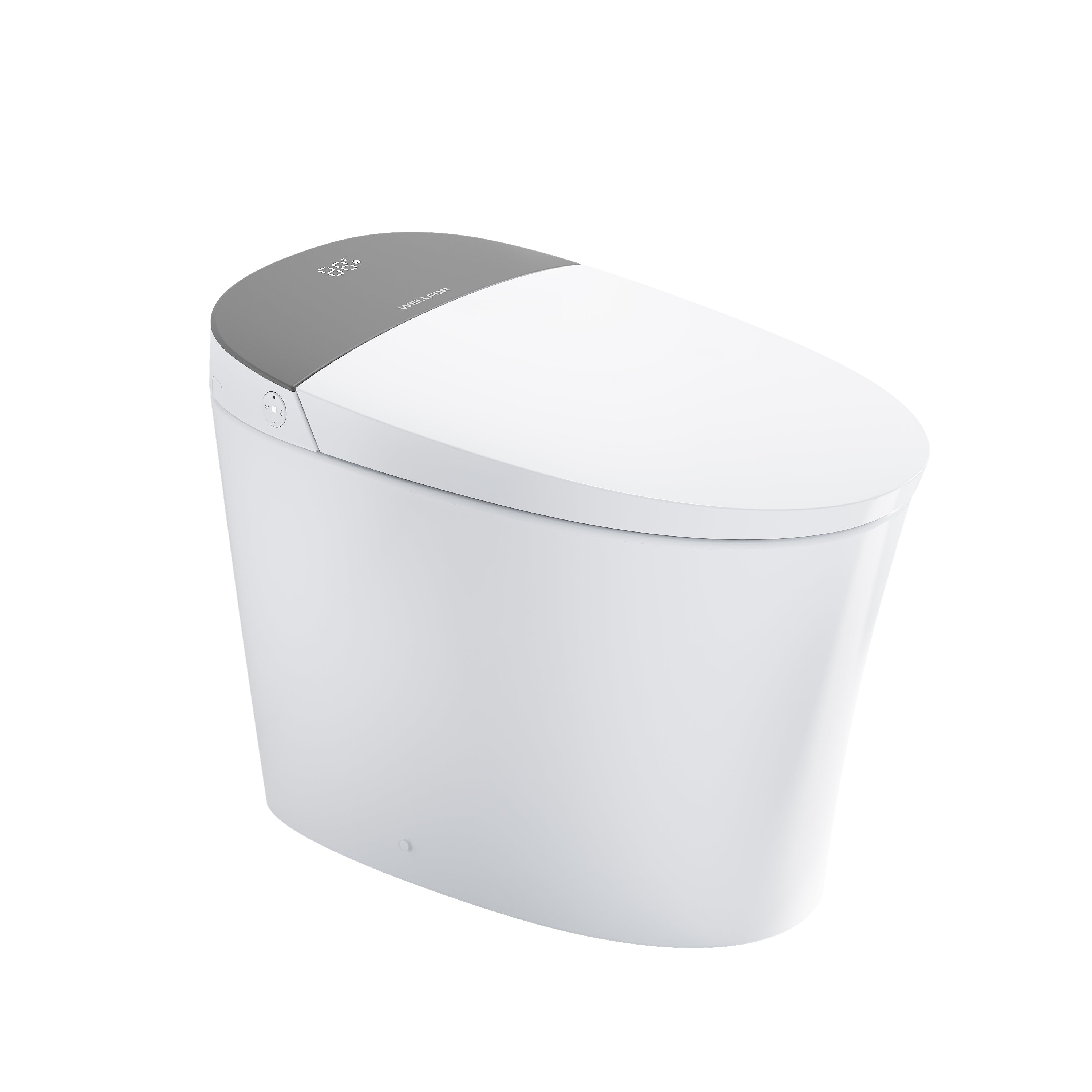
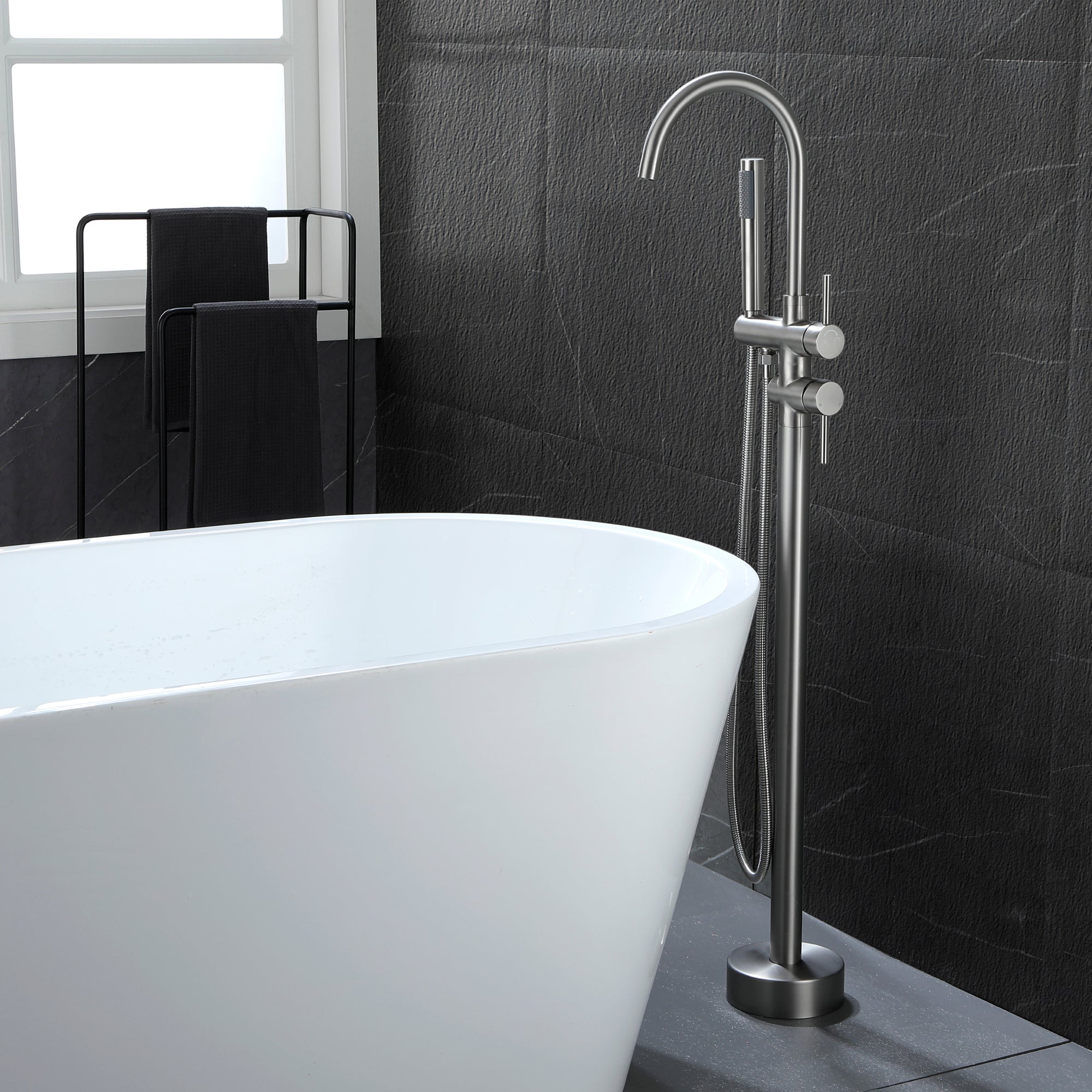

Leave a comment
This site is protected by hCaptcha and the hCaptcha Privacy Policy and Terms of Service apply.